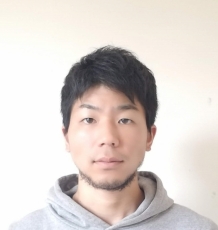On chemical and synaptic brains and the evolution of nervous systems
Universität Bonn, Institut für Physiologie
Gáspár Jékely
Centre for Organismal Studies, Heidelberg University
@jekely@biologists.social
Evolution of nervous systems
mollusk 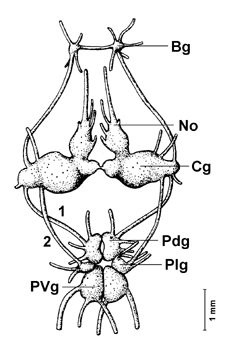
Kilias, 1985
planarian 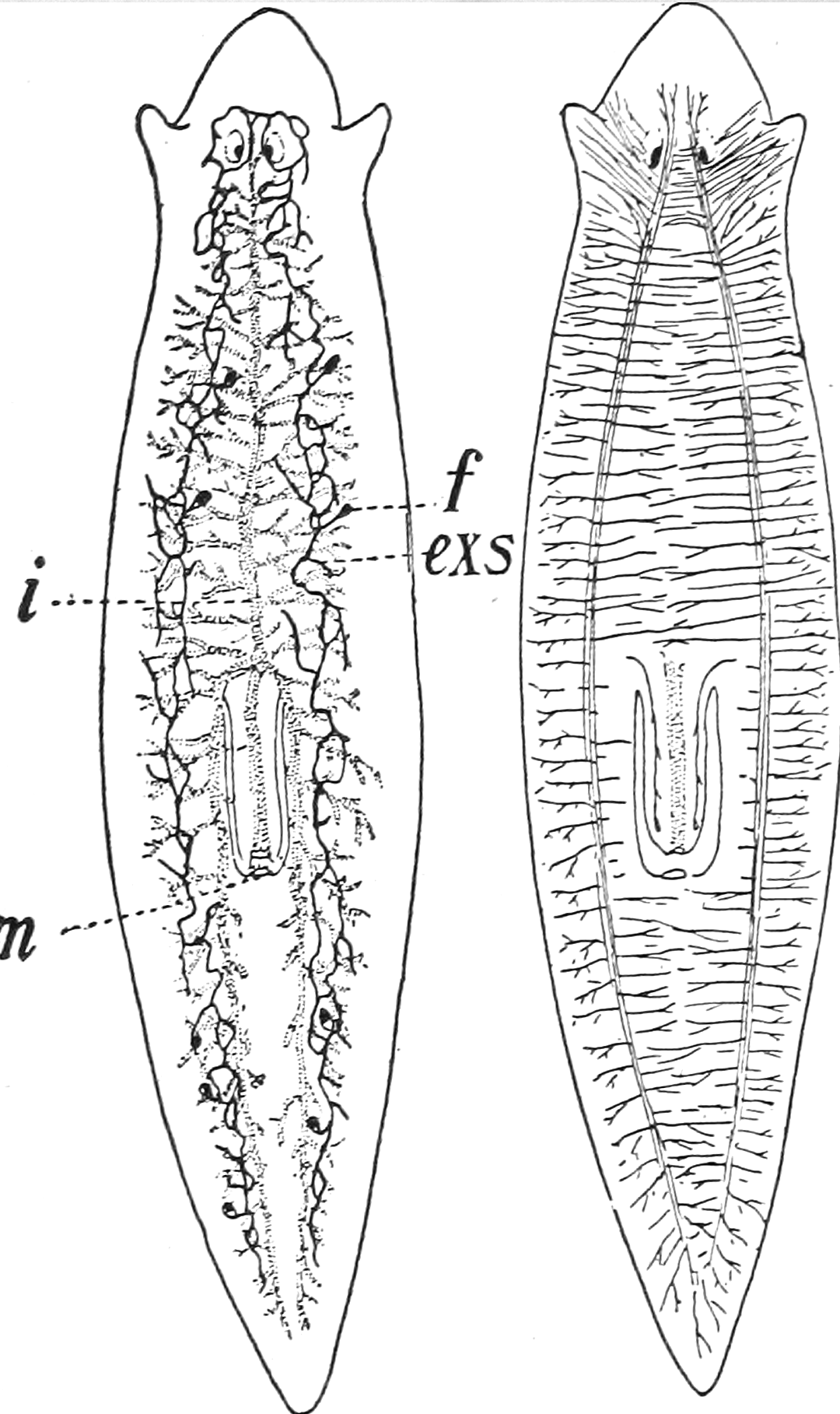
Kellogg, 1903
vertebrate 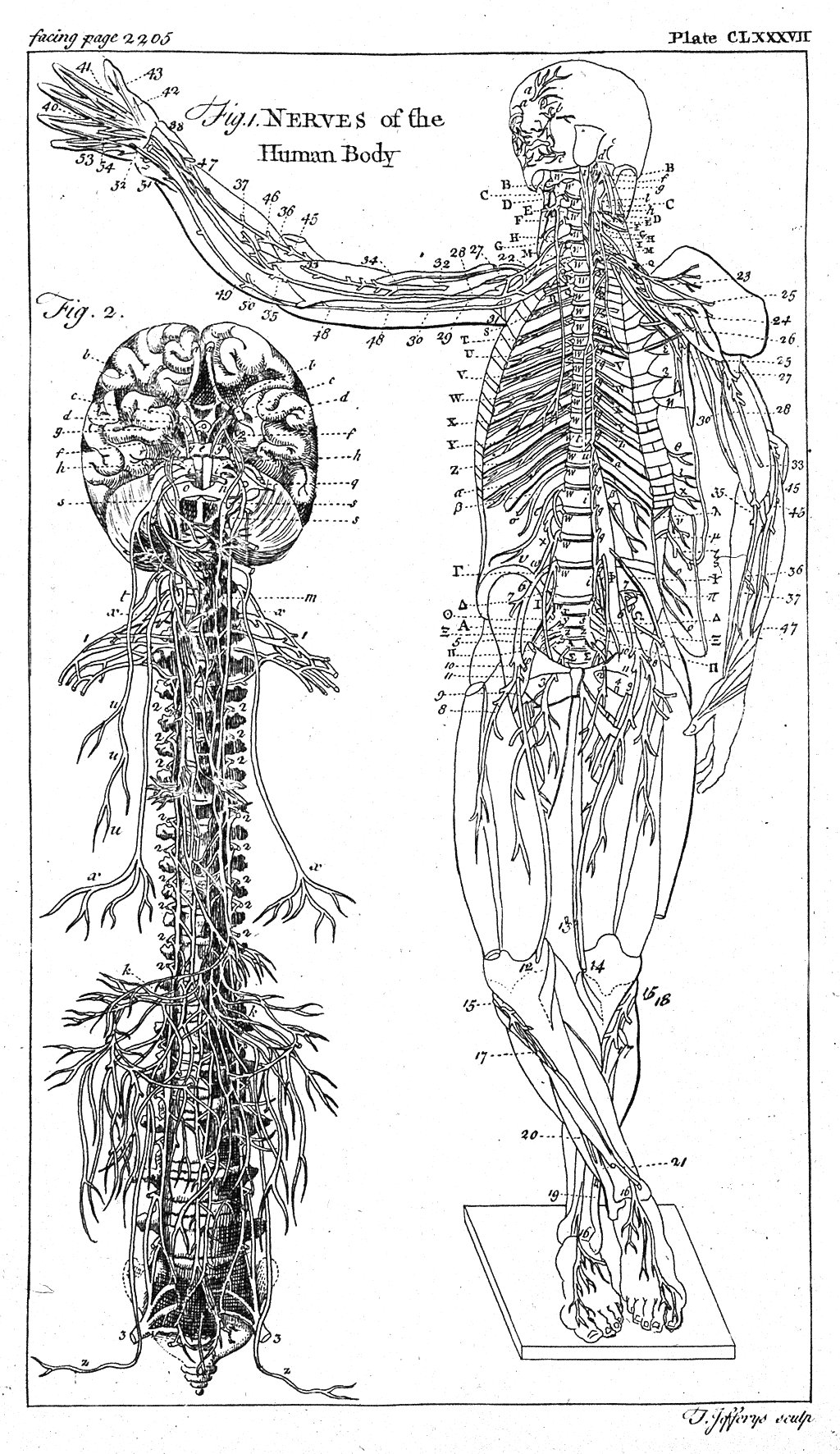
Jefferys, 1763
When did the first nervous systems evolve and how did they work?
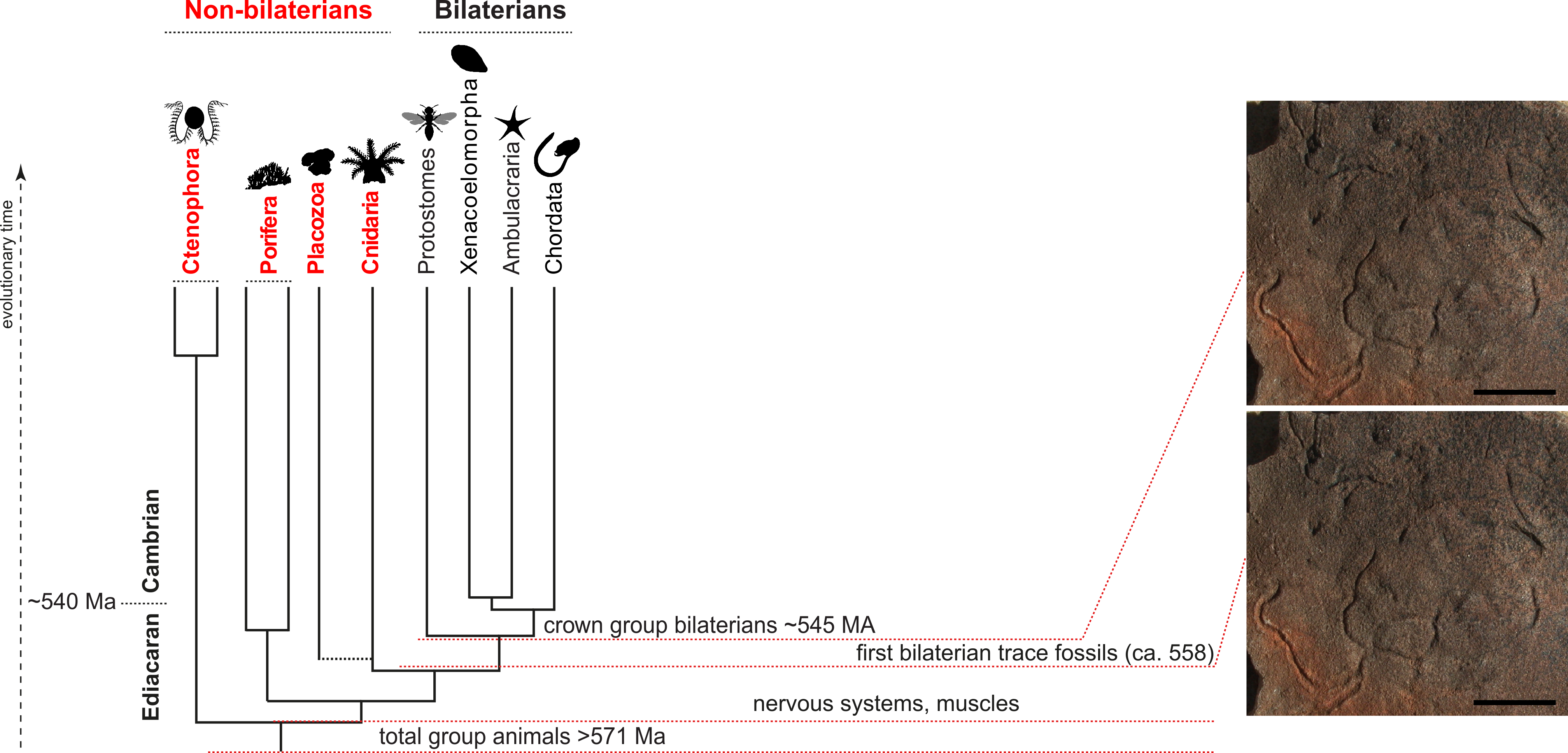
Budd & Jékely
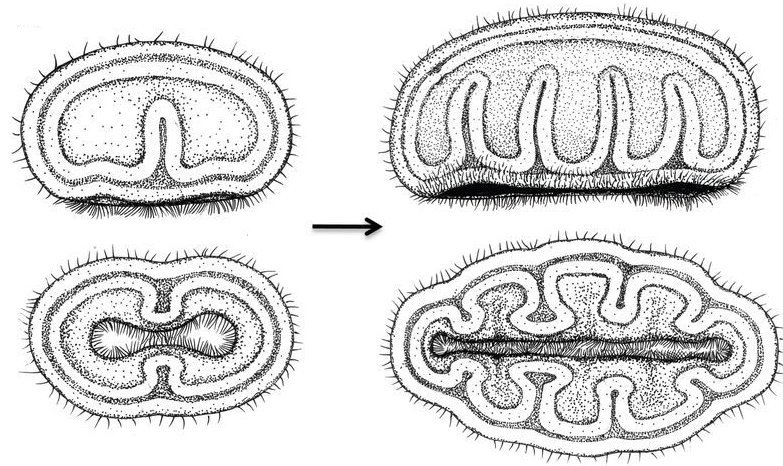
Detlev Arendt
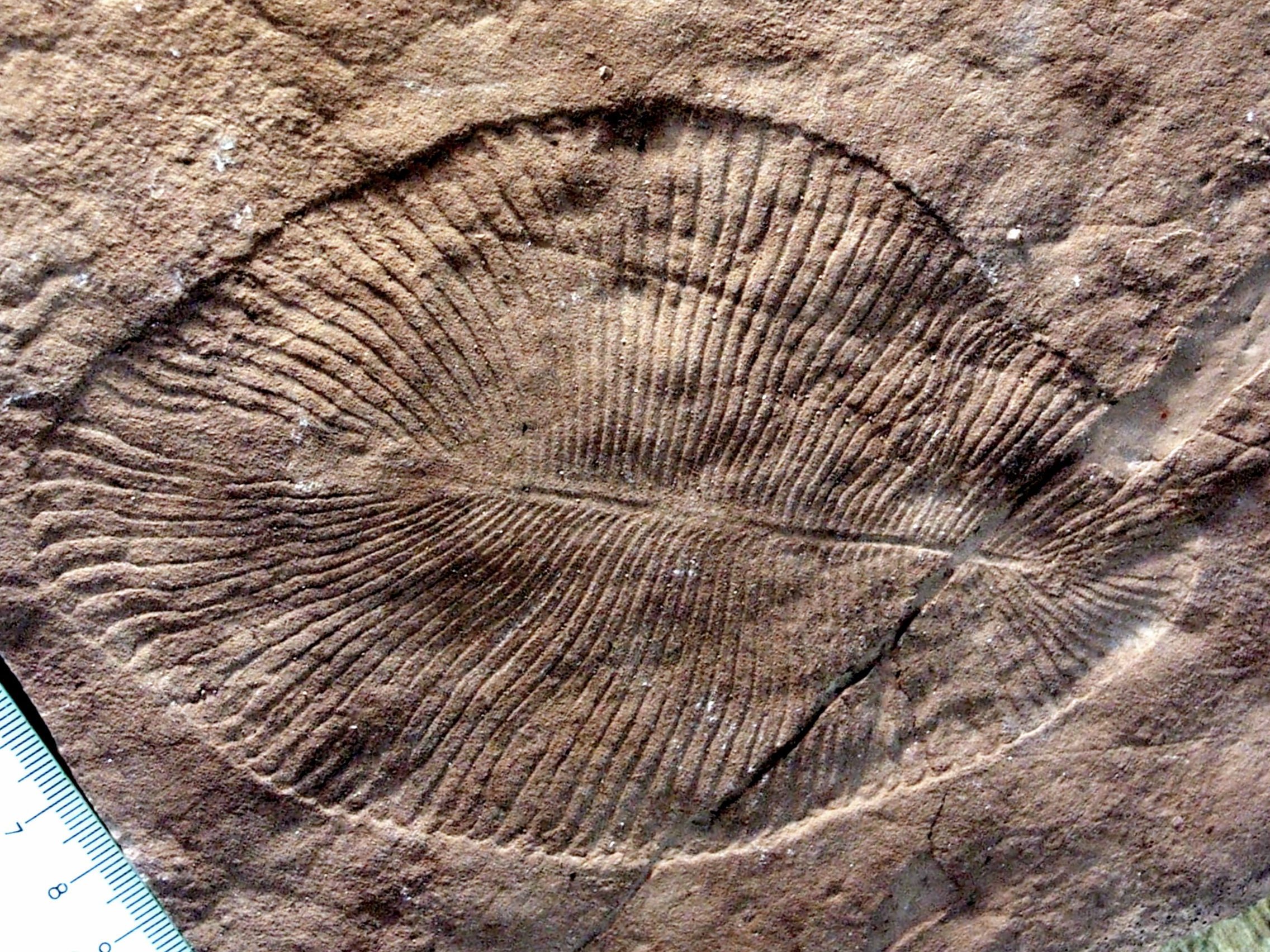
Dickinsonia costata
What is a nervous system?
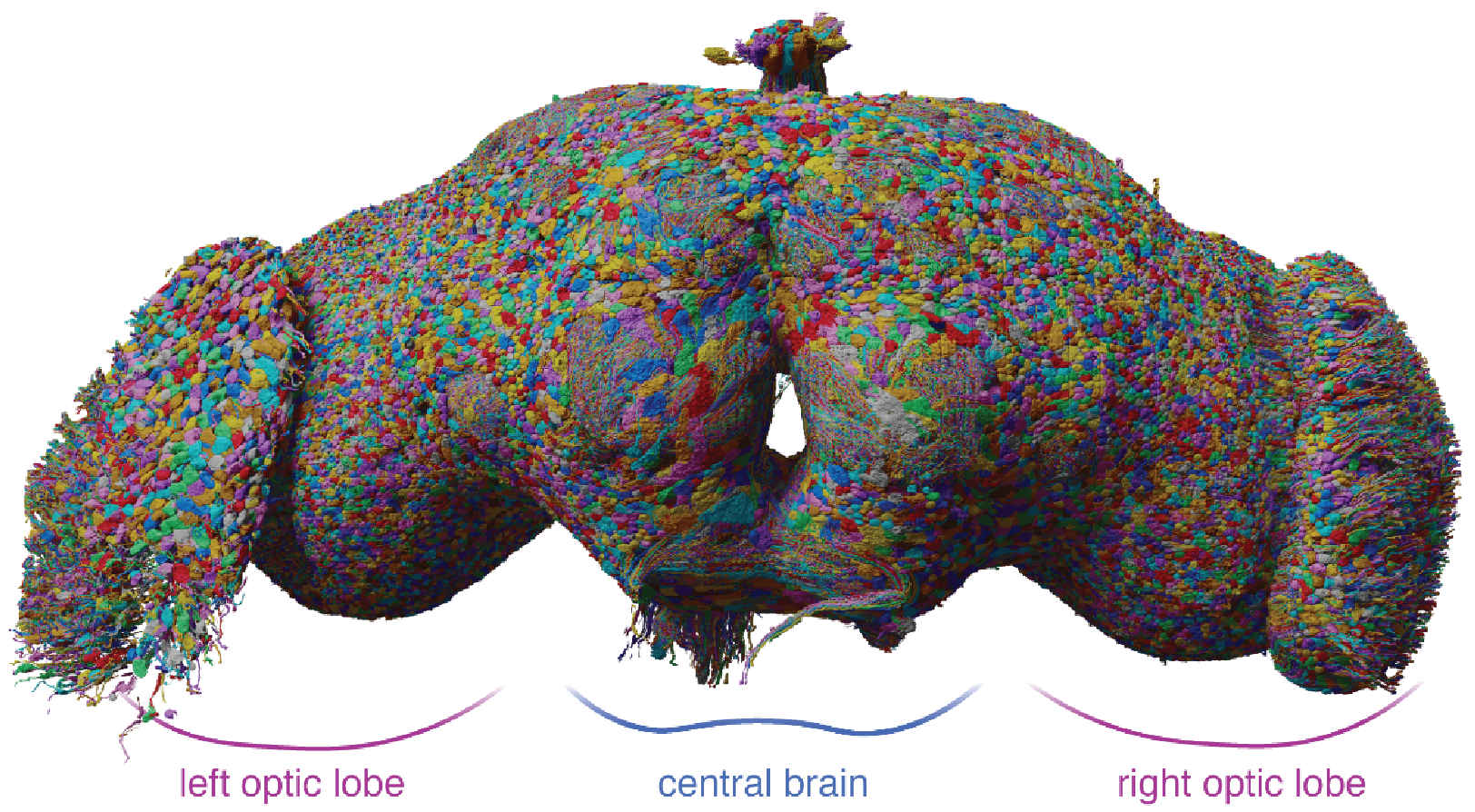
- consists of cells (neurons, glia etc.)
- neurons are excitable
- neurons can influence each others activity
- and the activity of effectors
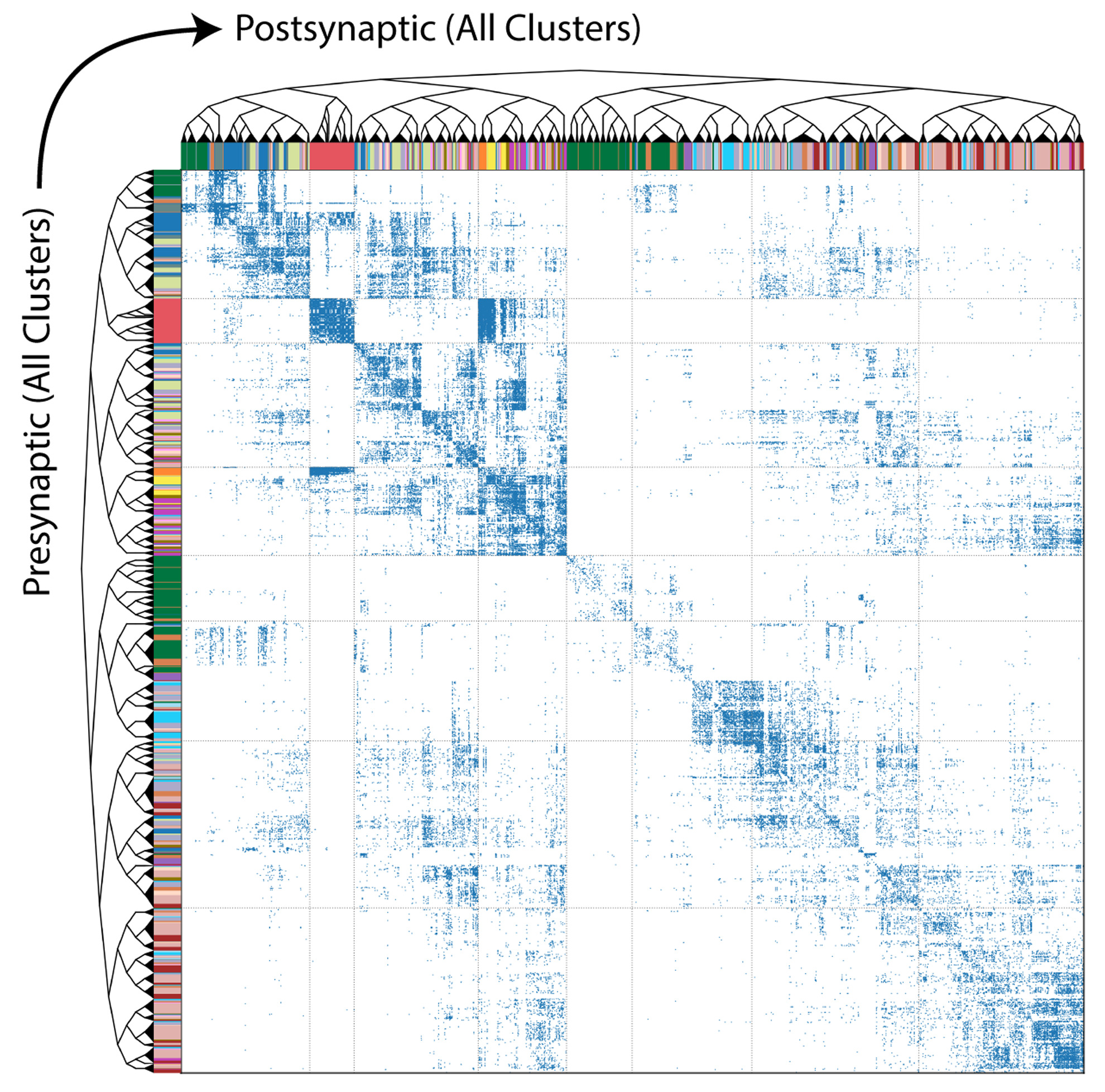
- connections are specific
- organised into a complex network (connectome)
- some neurons may be sensory
Origin of the nervous system as a reflex arc?
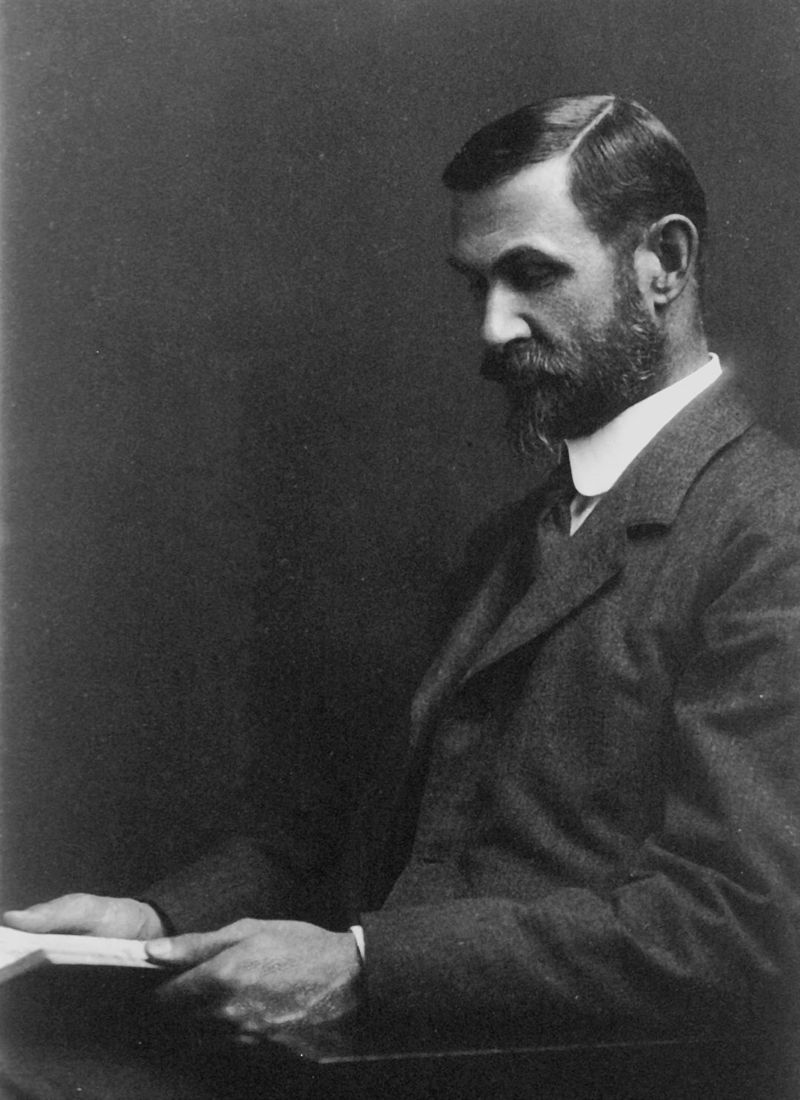
George Howard Parker (1864 - 1955) 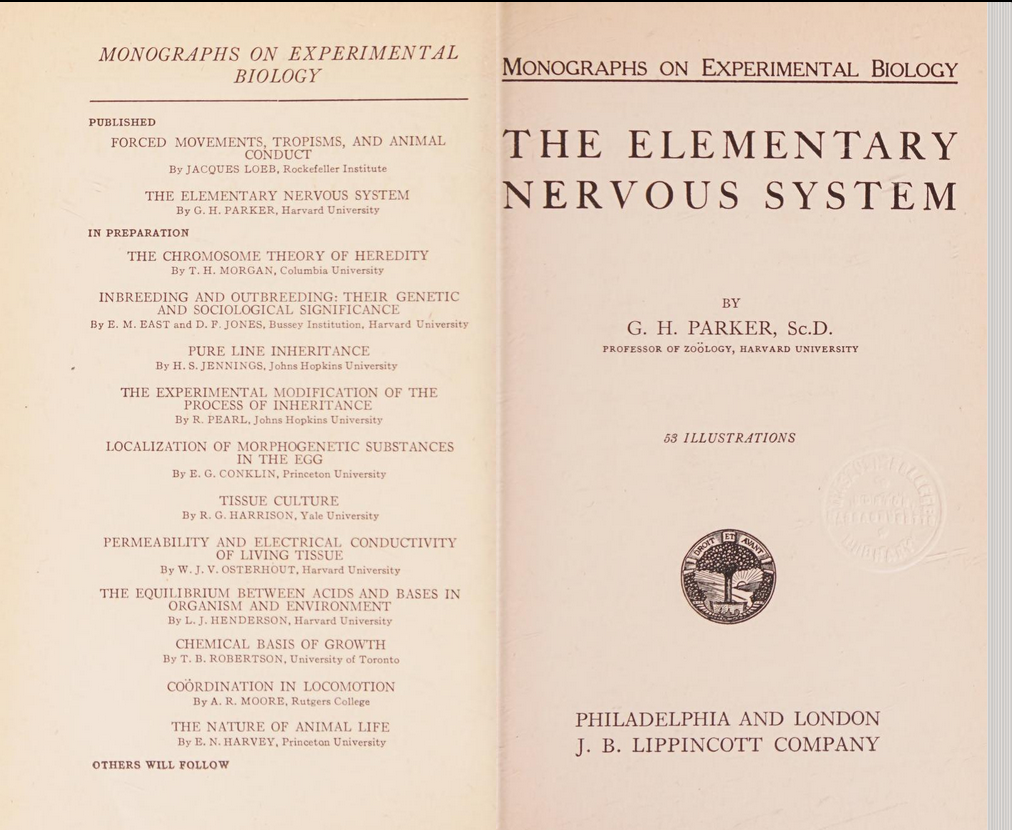
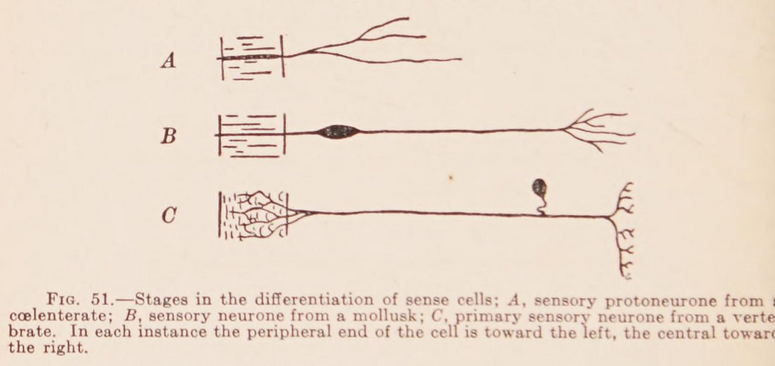
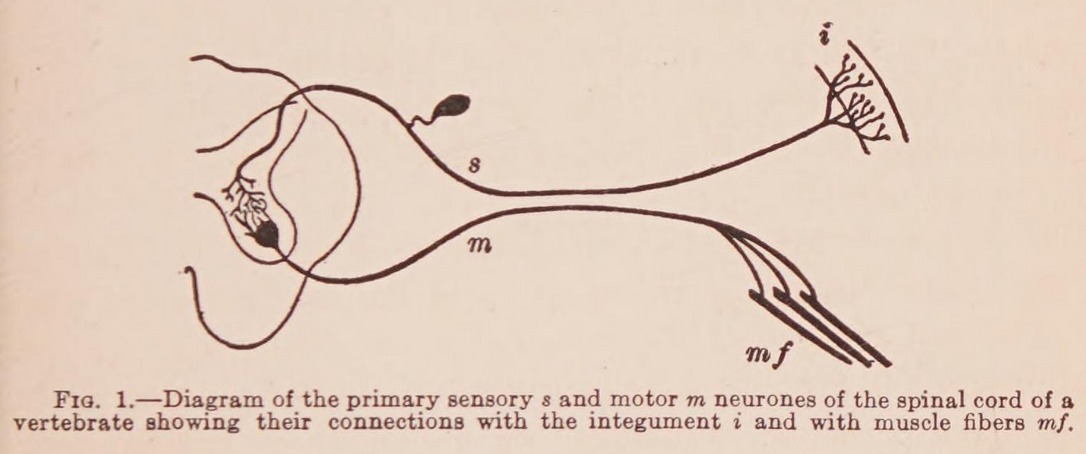
- independent effectors evolved first
- then receptor-effector systems
- then organisation into nerve nets
Neuronal communication by chemical signals?
- argued against the “connectionist view”
- proposed instead that neurons could communicate by specific chemical signals
- like a radio broadcast
- chemicals diffuse through the nervous system
- detected by specific chemical receptors in the target cells
- communications could occur in the absence of synaptic transmission
- discovery of pituitary hormones (1950ies)
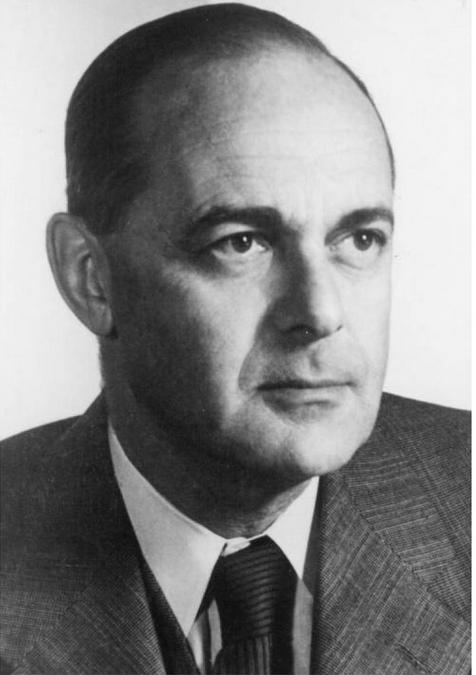 Paul Alfred Weiss (1898 – 1989)
Paul Alfred Weiss (1898 – 1989)
Chemical signalling between cells
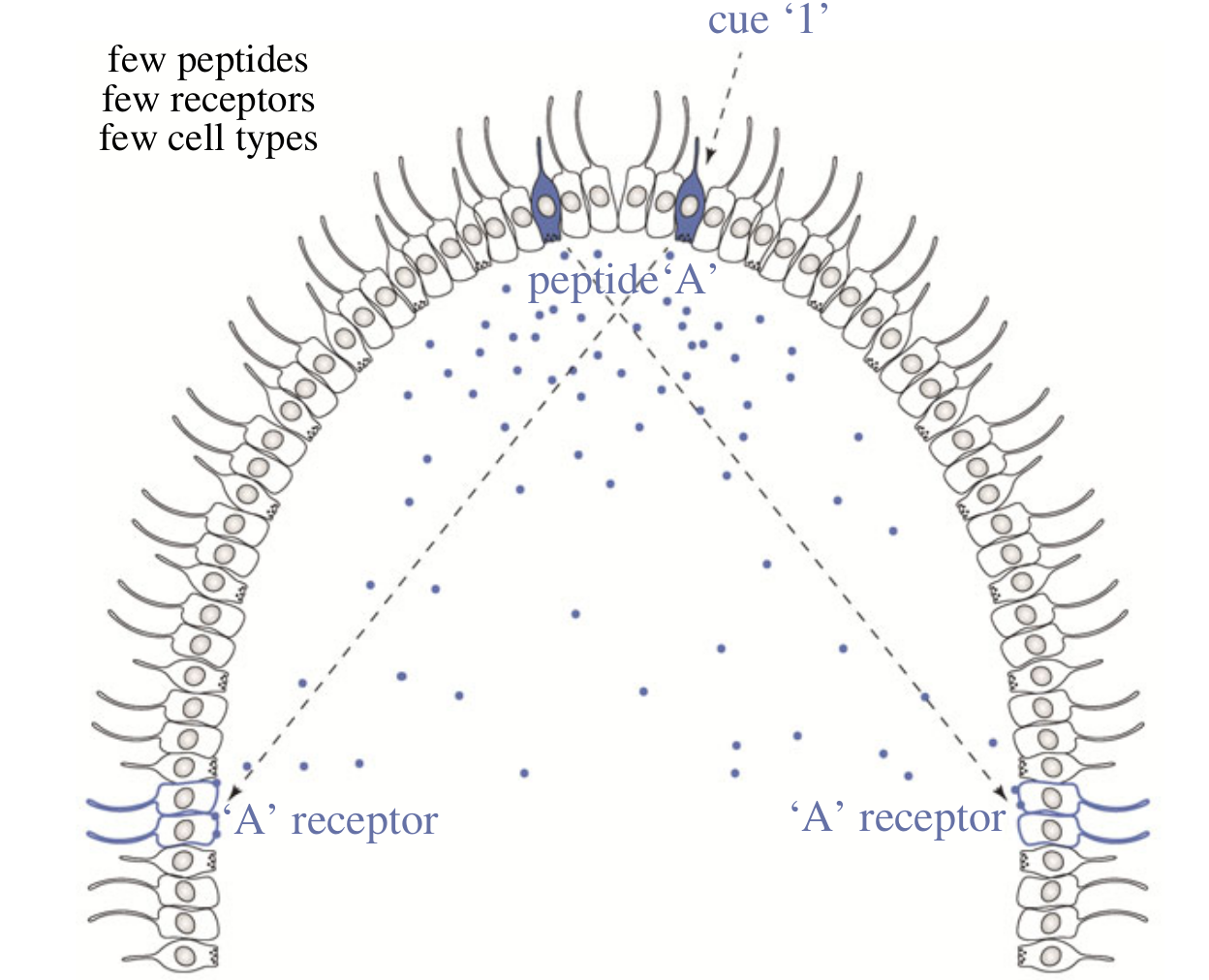
- some cells release a chemical (e.g. short peptide)
- other cells express a specific receptor for the chemical
- receptor activation -> change in cell state
- a specific cell-to-cell signalling is possible
- no synaptic connection
The chemical brain hypothesis
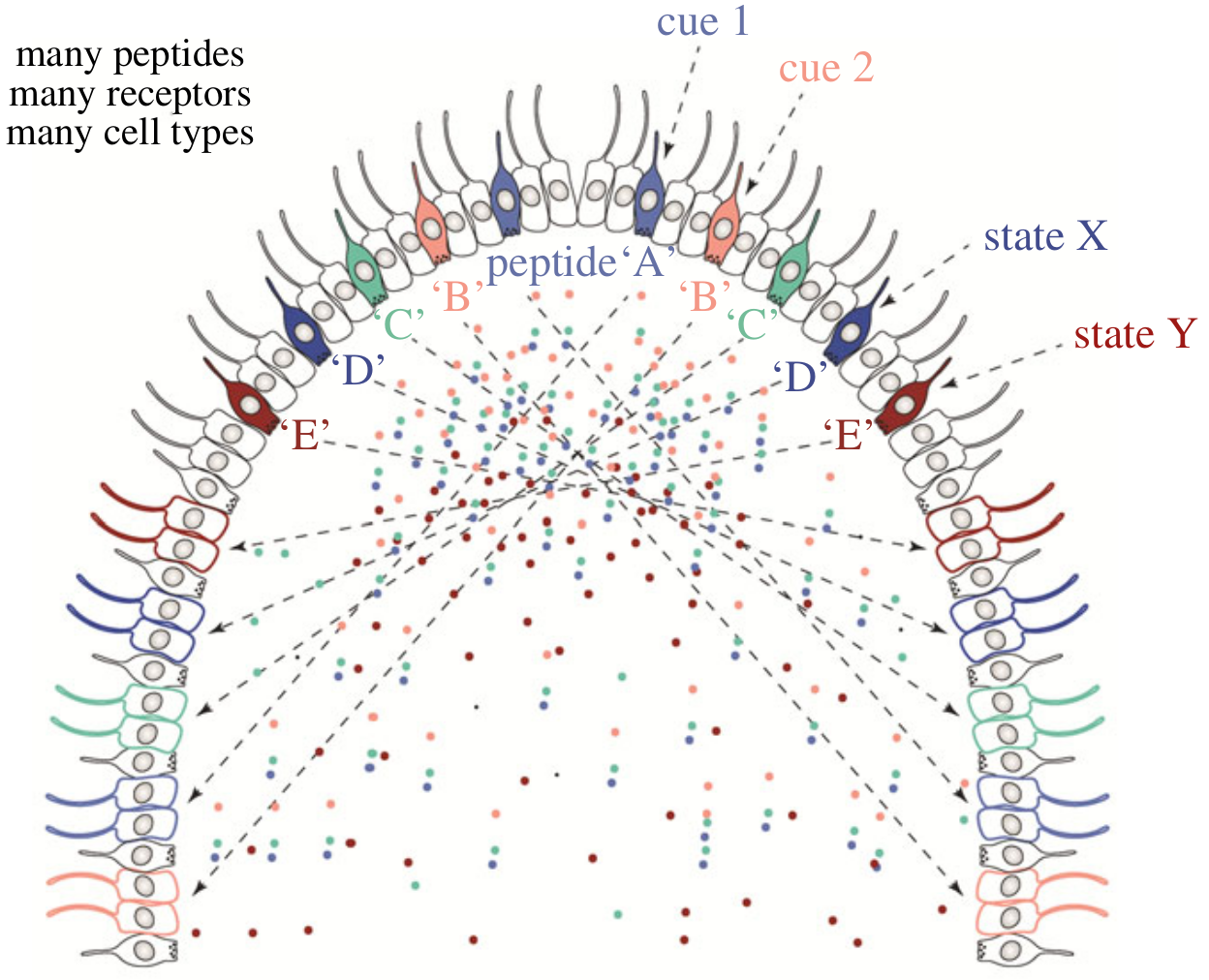
- several cell types, each expressing a different chemical signal
- several specific receptors expressed in target cells
- chemical ‘wiring diagram’
- no synaptic connection
Chemical connectomes
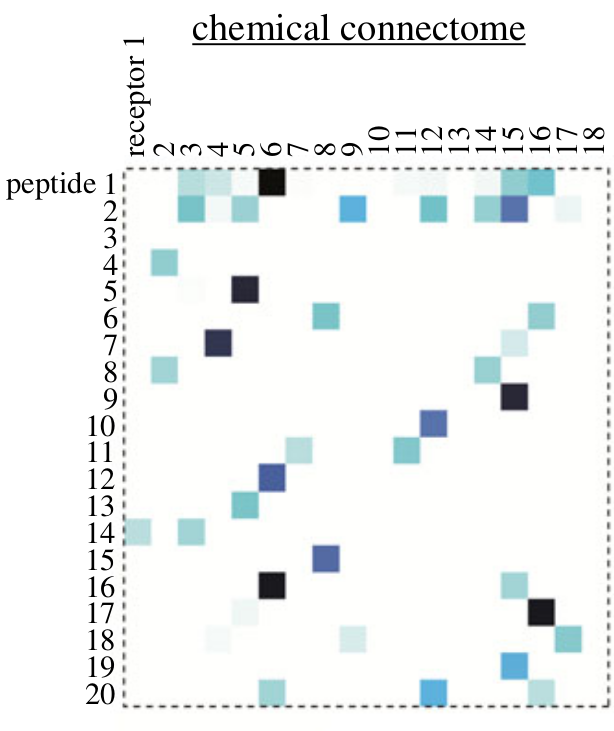
- sending and receiving cells
- a chemical connectivity matrix
- can be arbitrarily complex
Chemical connectomes
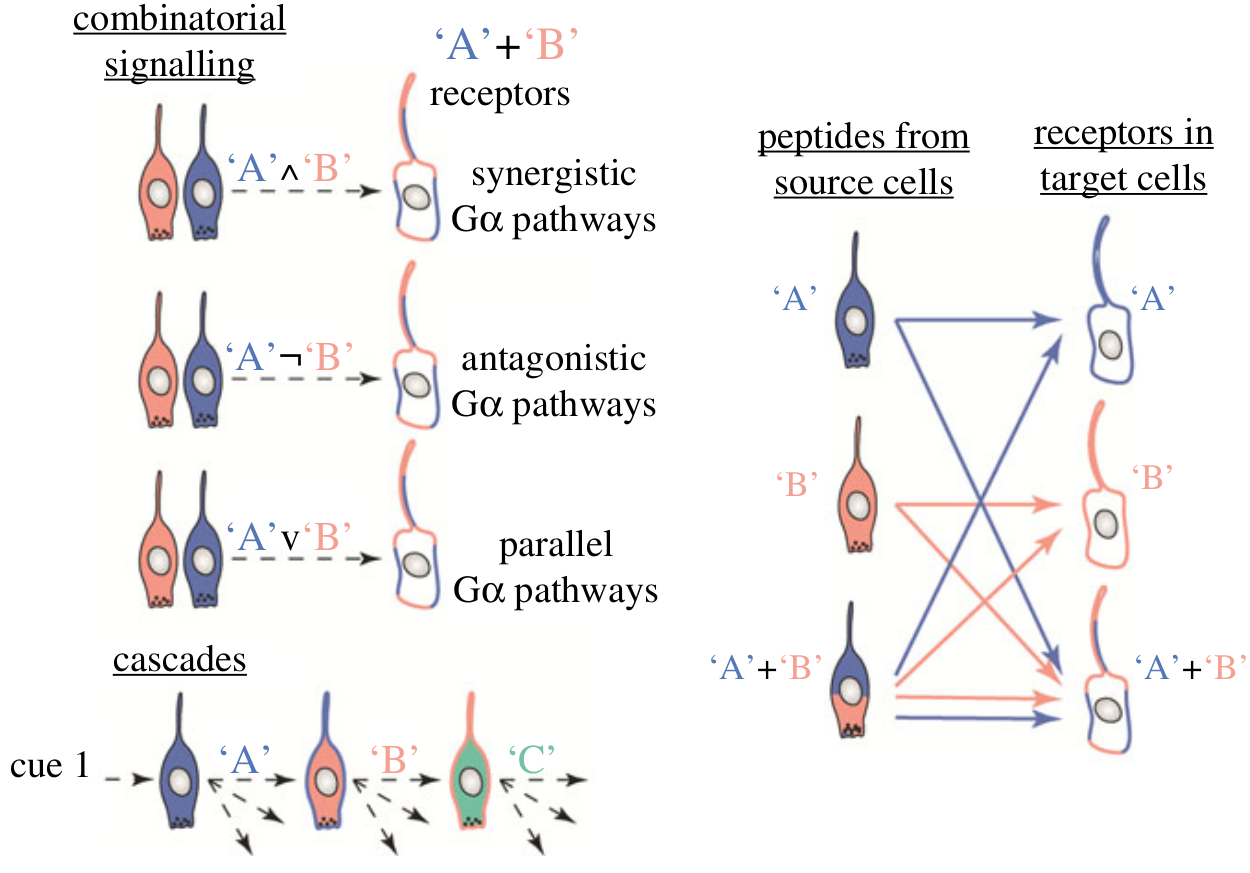
- co-expression of chemical signals or receptors
- combinatorics, cascades
- synergism, antagonism
What was in there?

Dickinsonia costata
Marine animal models
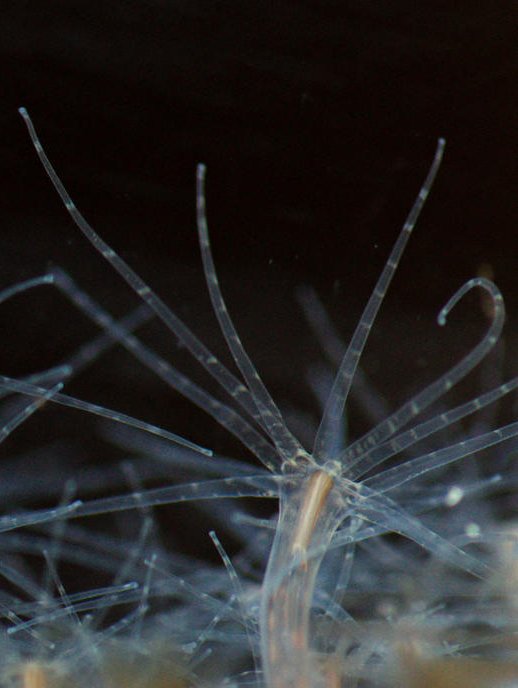
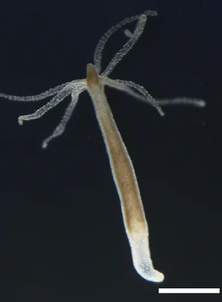
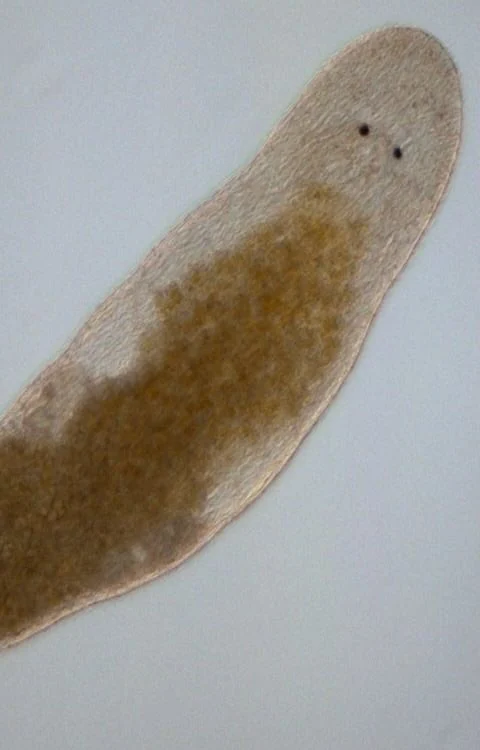
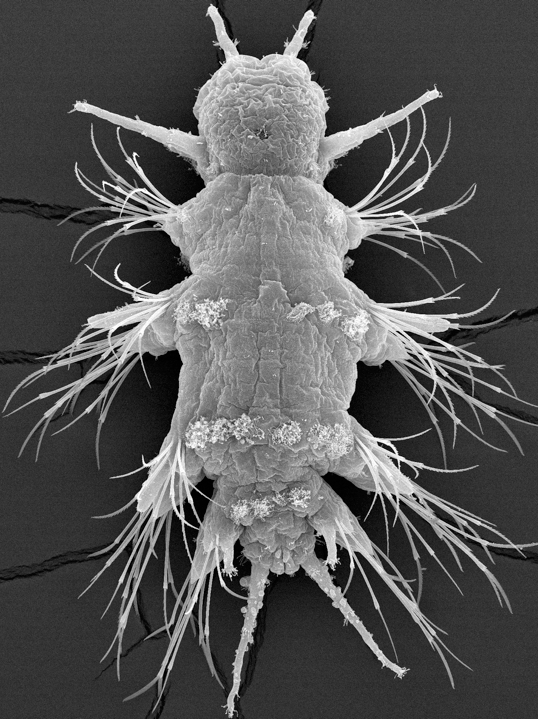
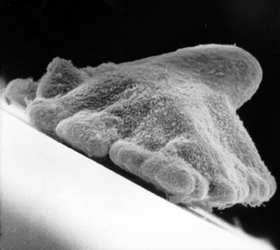
Nematostella
Hydra
Macrostomum
Platynereis
Trichoplax
Placozoa – no synapses, many peptides

Trichoplax adhaerens
- placozoans - simplest animals
- no neurons, no muscles
- upper and lower ciliated epithelium
- many neuropeptide-like molecules
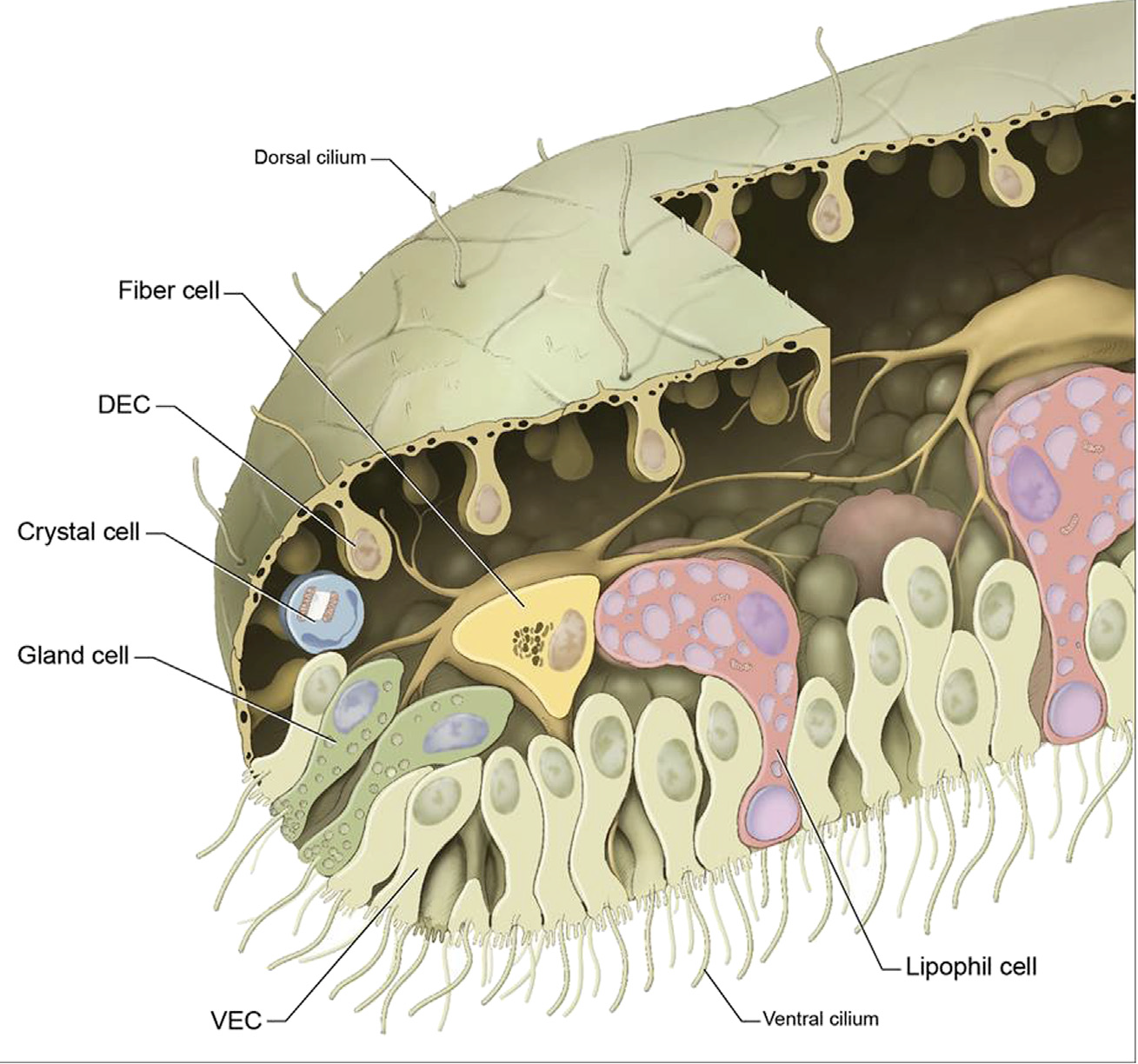
- few morphological cell types
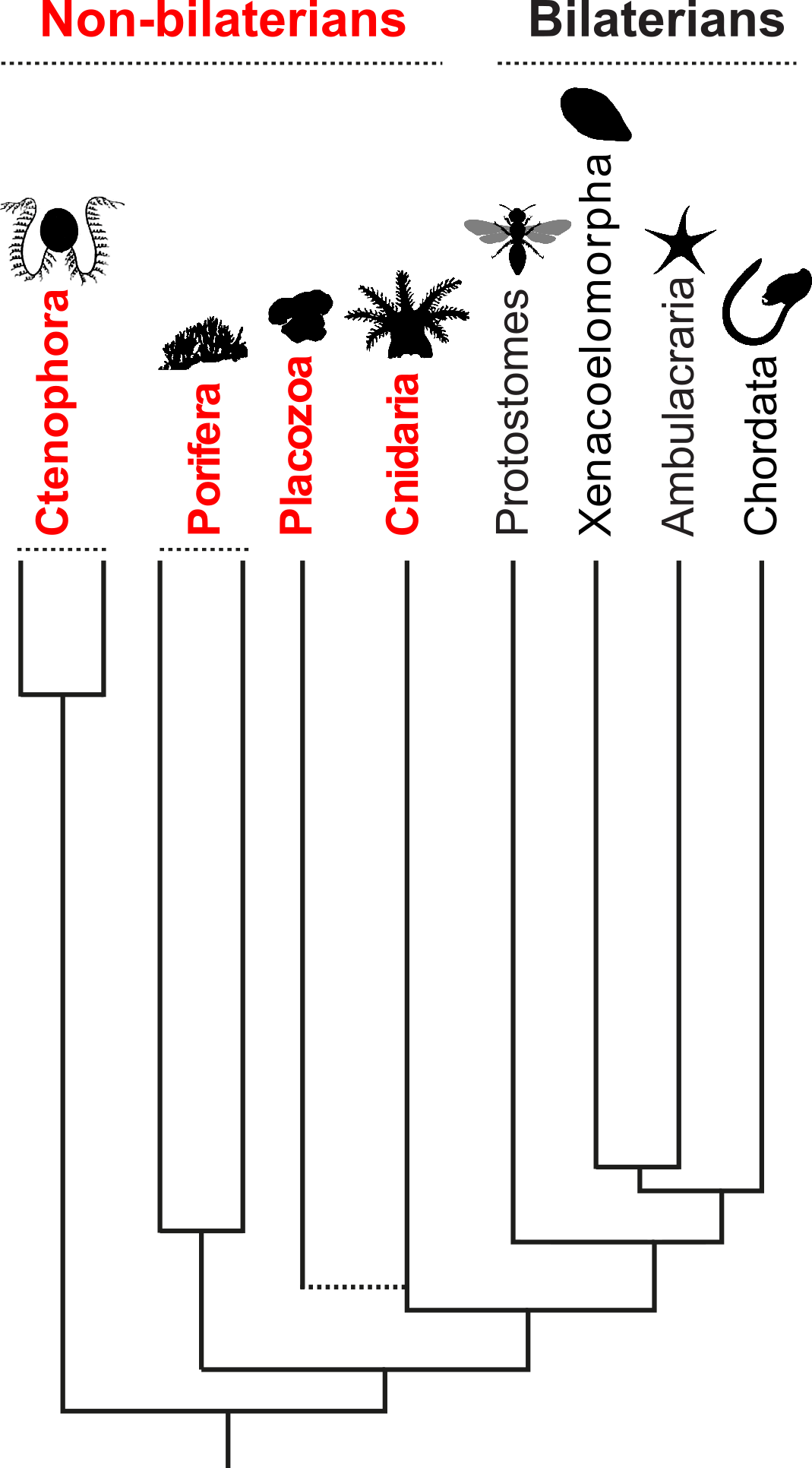
Placozoa – no synapses, many peptides
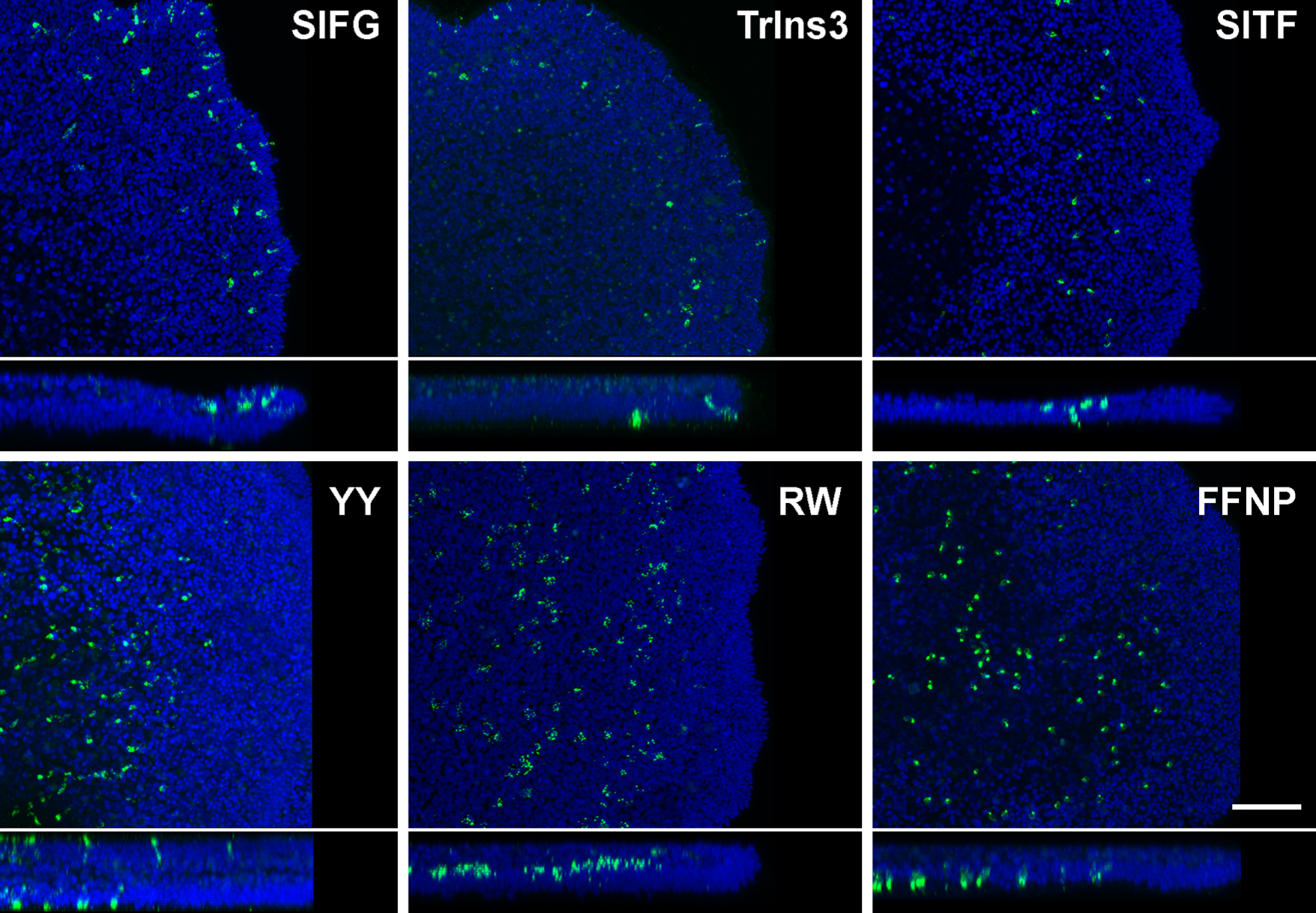
- neuropeptides are expressed in specific cell populations
- non-overlapping expression
- over 30 proneuropeptides
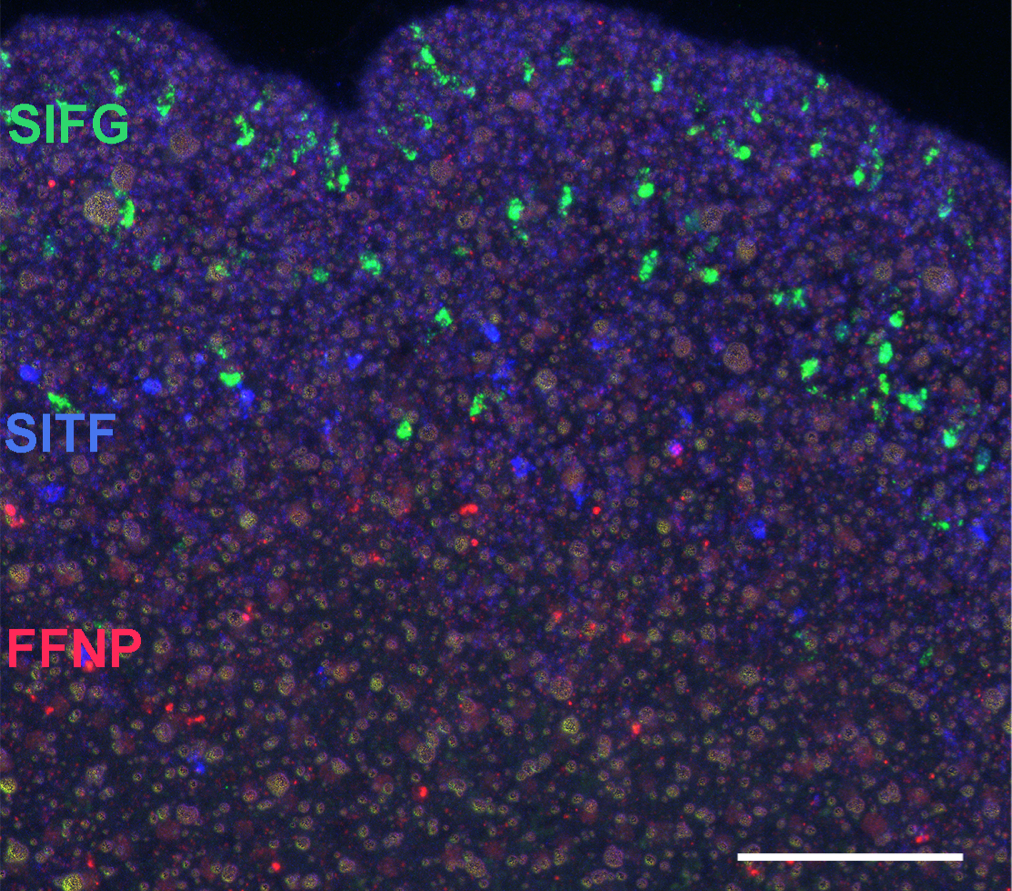
- peptidergic cells tile the epithelium
Placozoa – peptide effects
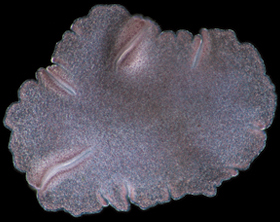
- neuropeptides influence placozoan behaviour
LF peptide
Placozoa – peptide effects
SIFGamide peptide
WPPF peptide
Identification of placozoan neuropeptide GPCRs
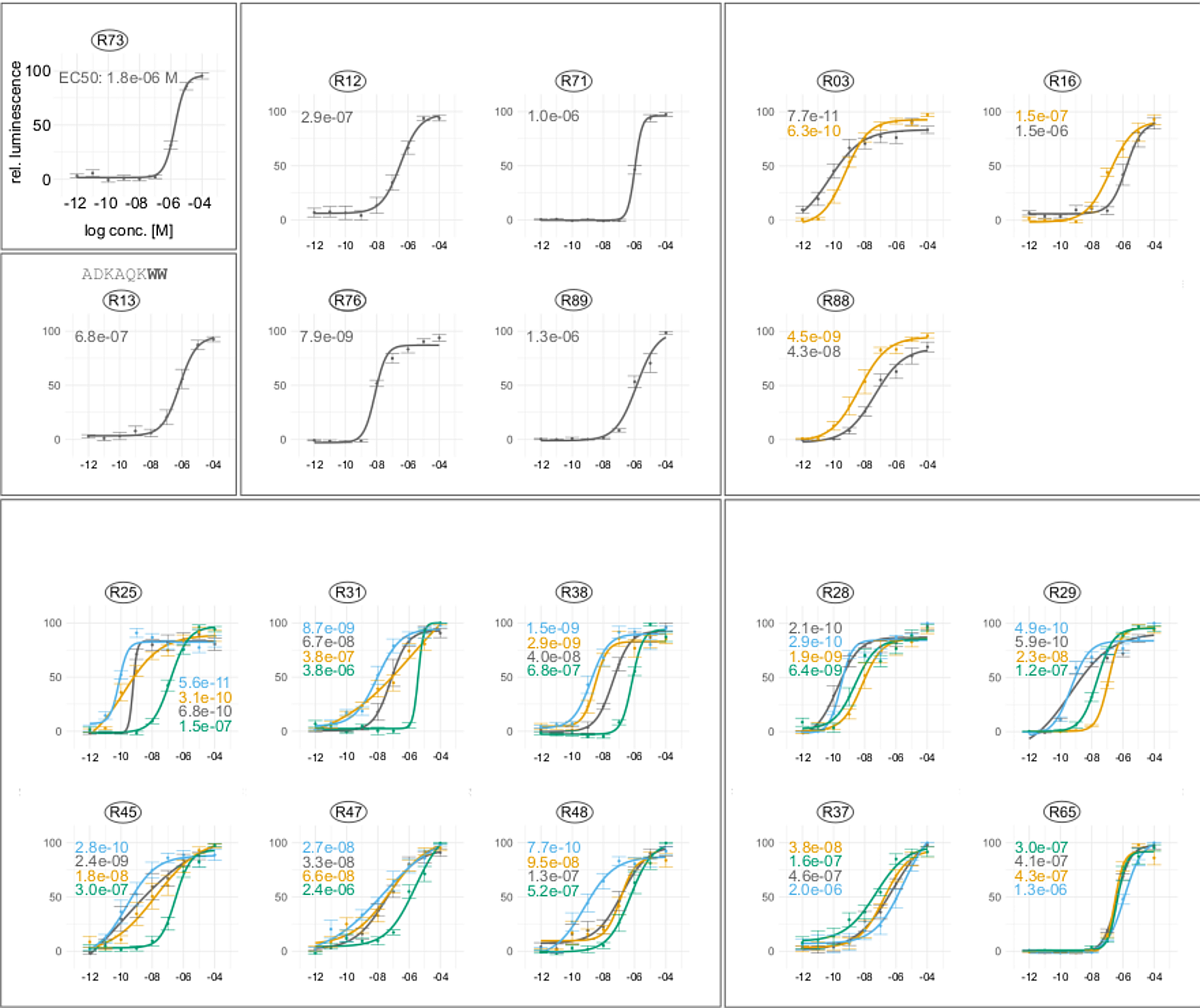
Large-scale GPCR-peptide screen in Nematostella
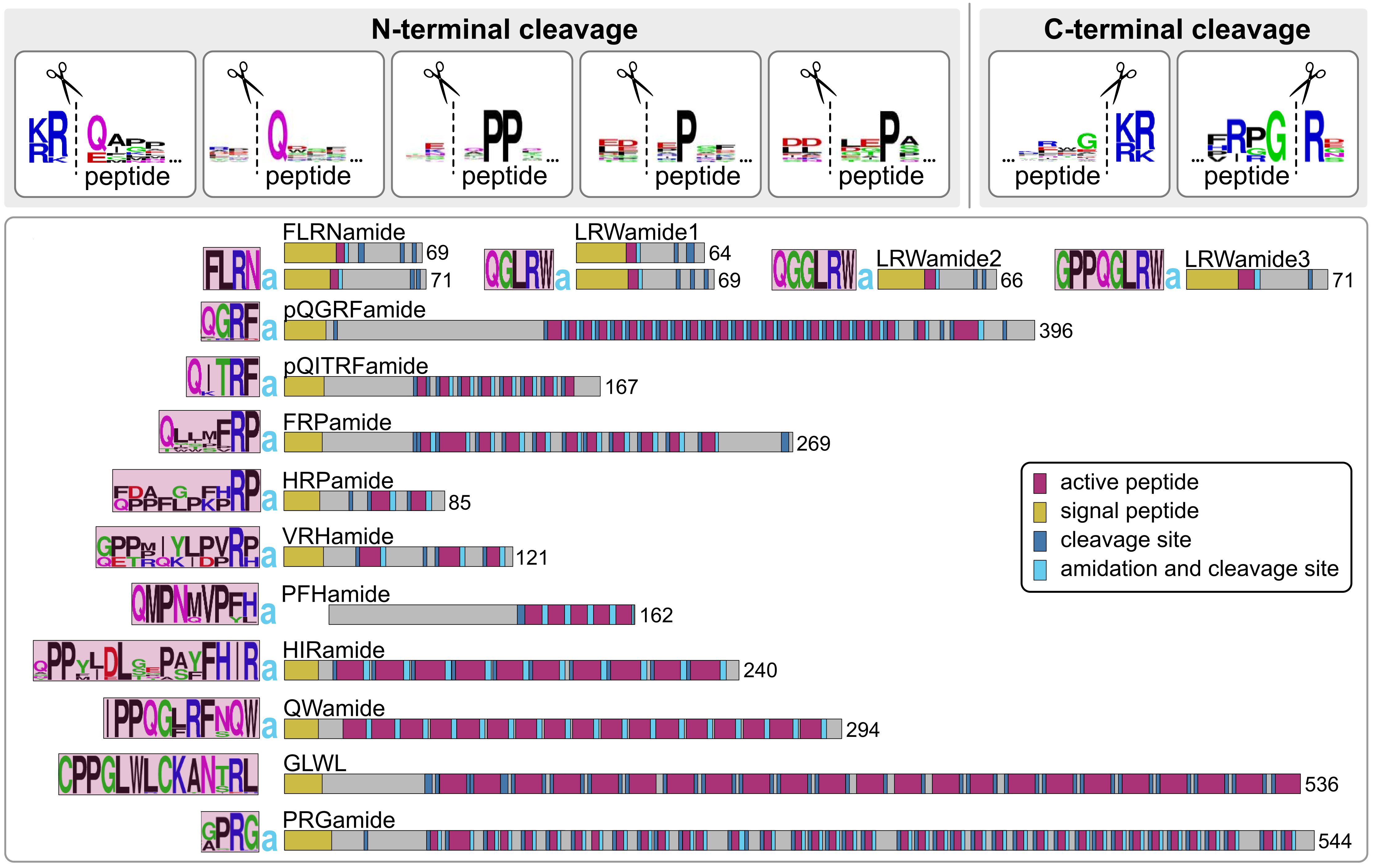
- mass spec for small neuropeptides
- 64 peptides derived from 33 neuropeptide precursors


Neuropeptide transmitter systems in cnidarians
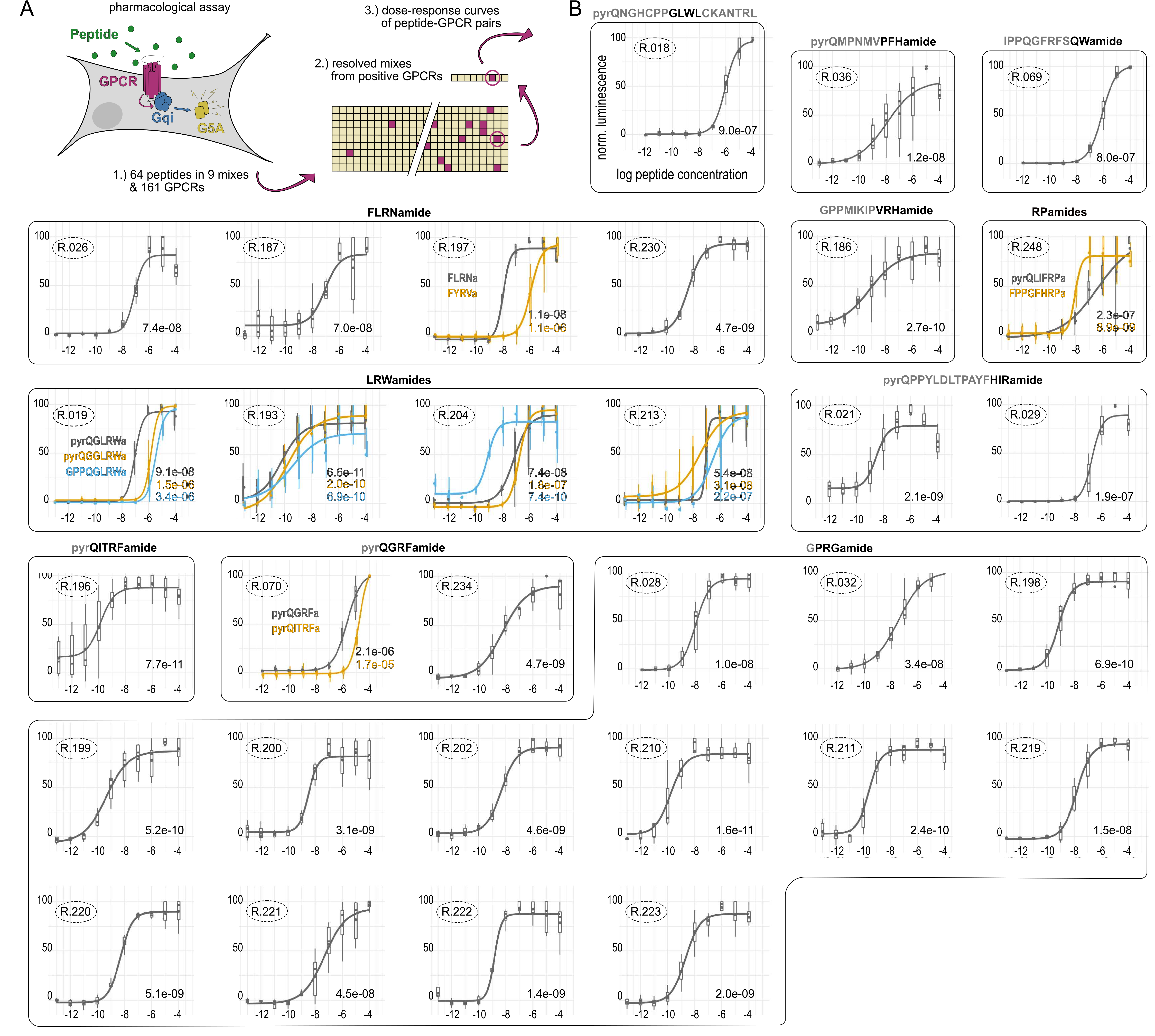
- over 1000 GPCRs in the Nematostella genome
- screened 161 Nematostella GPCRs
- 31 receptors specifically activated by one of 14 peptides
Independent diversification of receptor-peptide systems
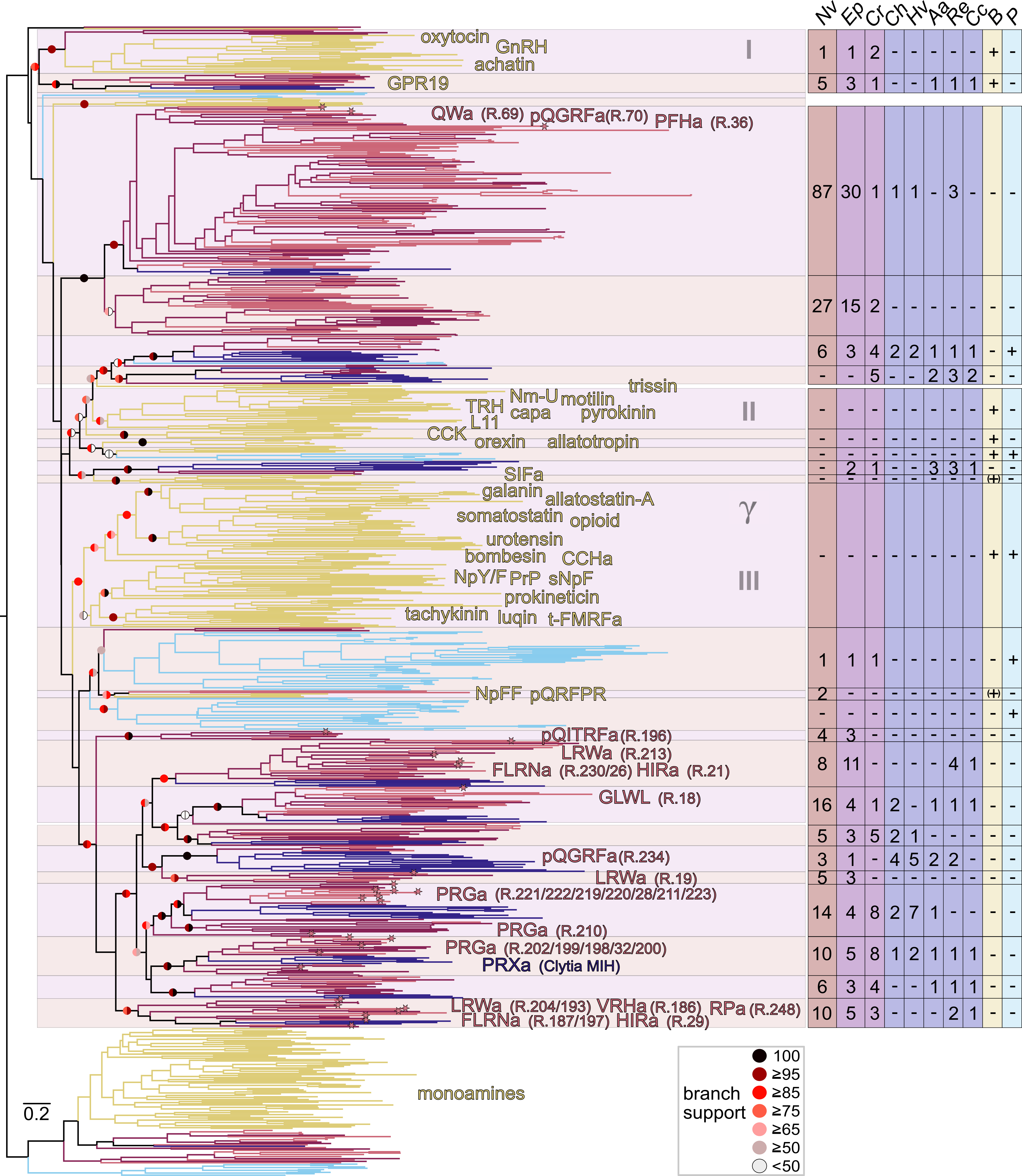
- at least 8 ancestral cnidarian families of peptide GPCRs
- independent divergence from bilaterian receptors
- no one-to-one orthologs to bilaterians
- prediction of receptor-ligand pairs across many cnidarians
The multilayer peptidergic connectome of Nematostella
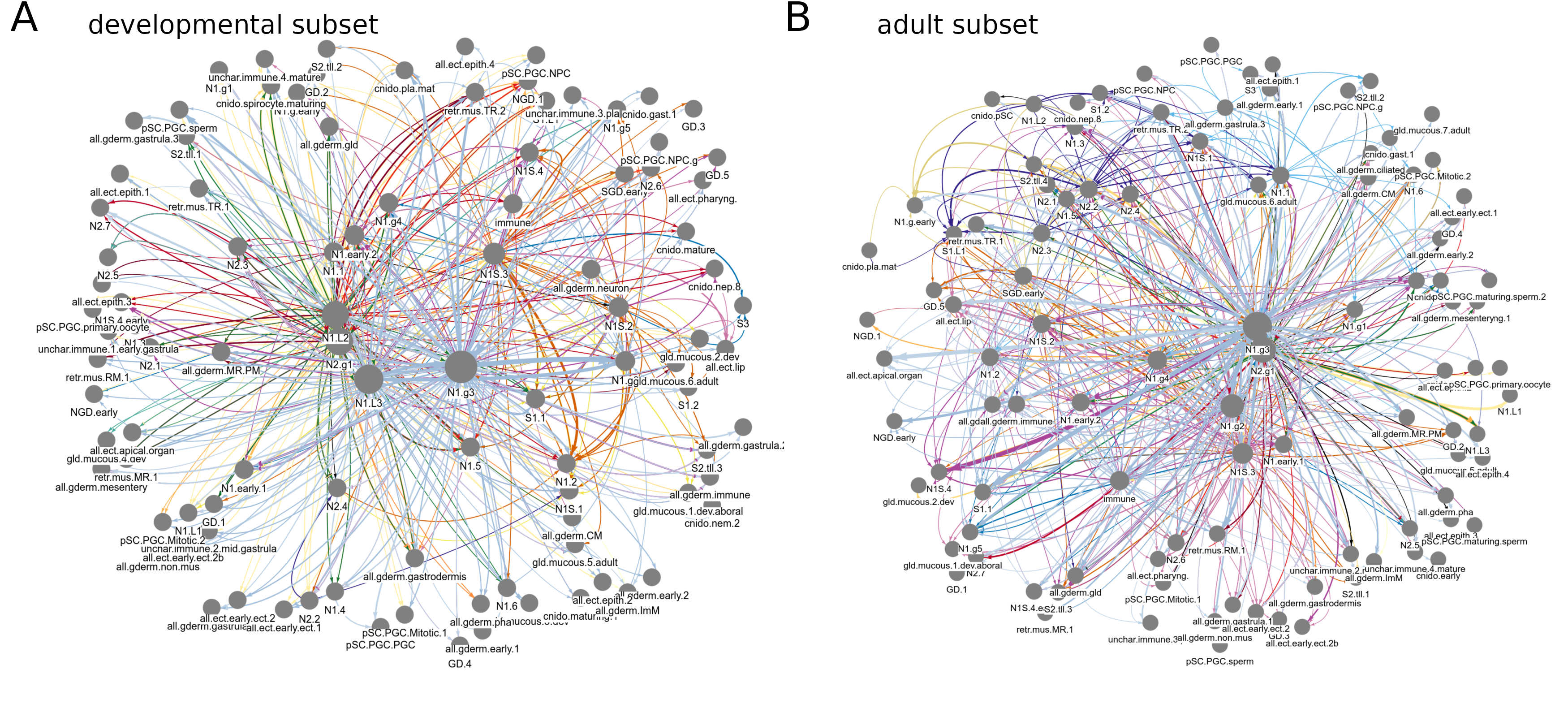
- every node is a cell type from scRNAseq data
- links connect peptide-expressing with receptor-expressing cells
- different colours represent different peptide-receptor pairs
- highly peptidergic nervous systems
Neuropeptides can induce behaviour in cnidaria
Hydra vulgaris
Hym-248 neuropeptide induces somersaulting
A peptidergic model for Hydra somersaulting
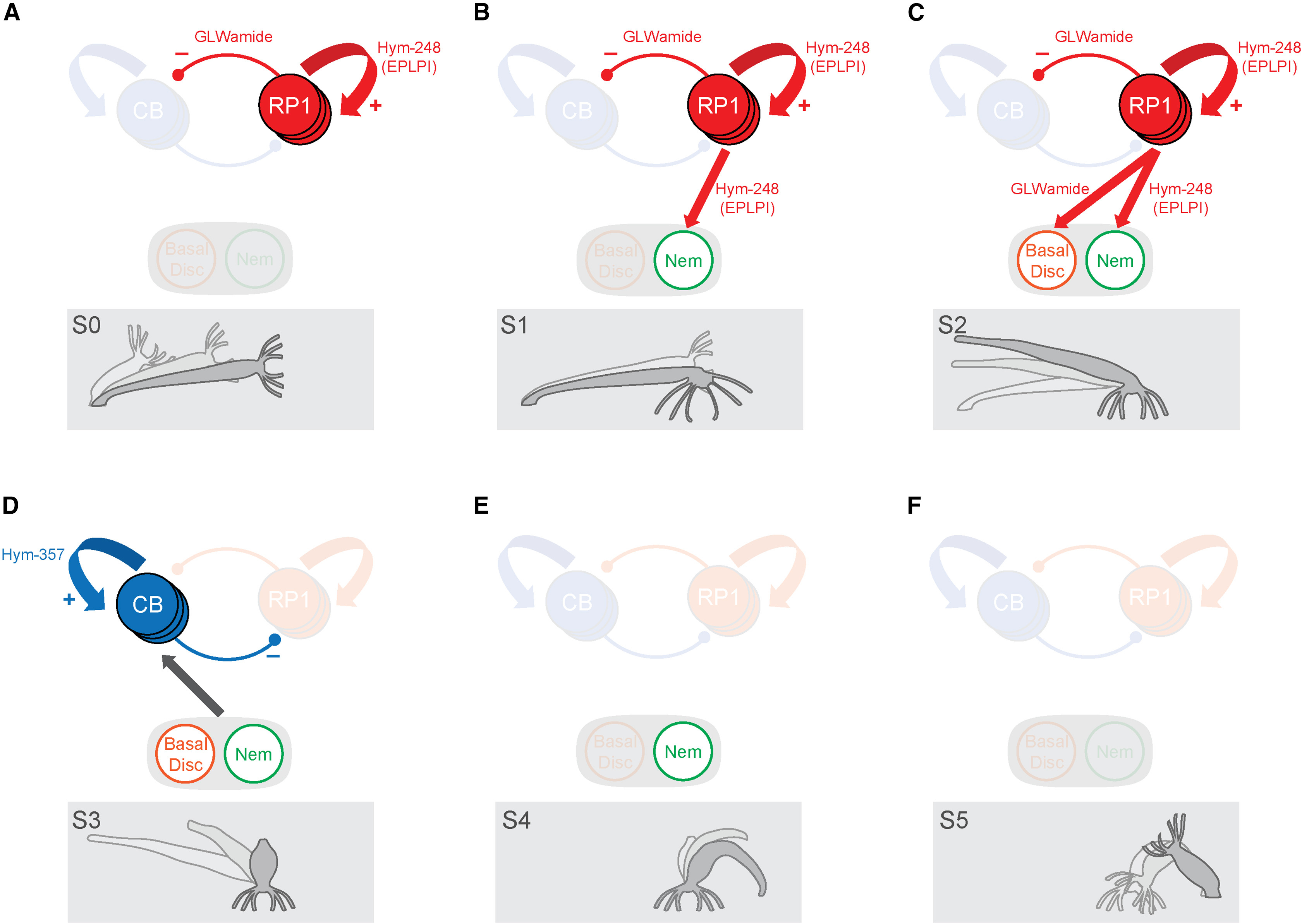
What about bilaterians?
Caenorhabditis elegans
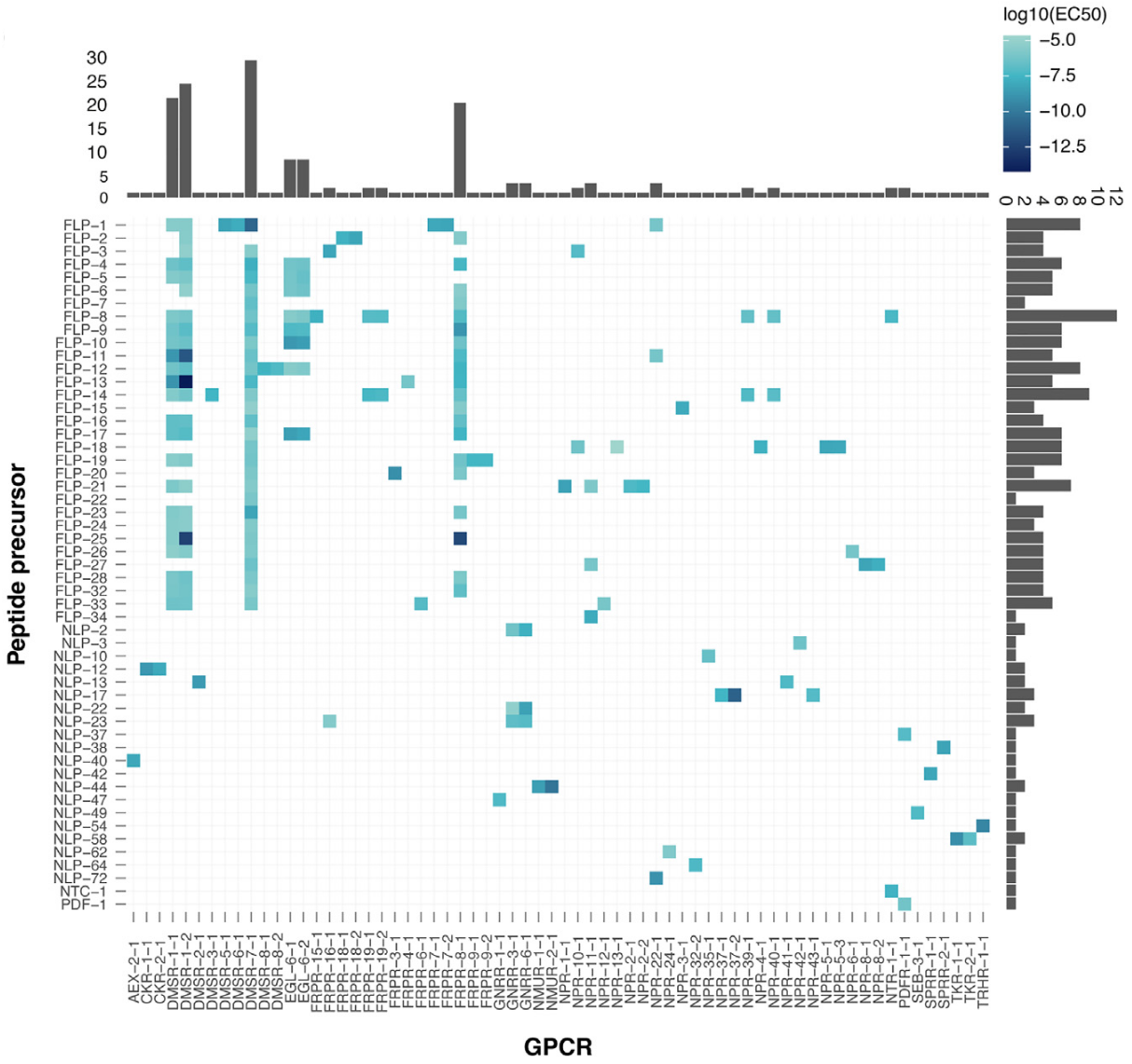
- discovery of 461 peptide-GPCR pairs
The connectome is multilayered

Ok, but the cortex…
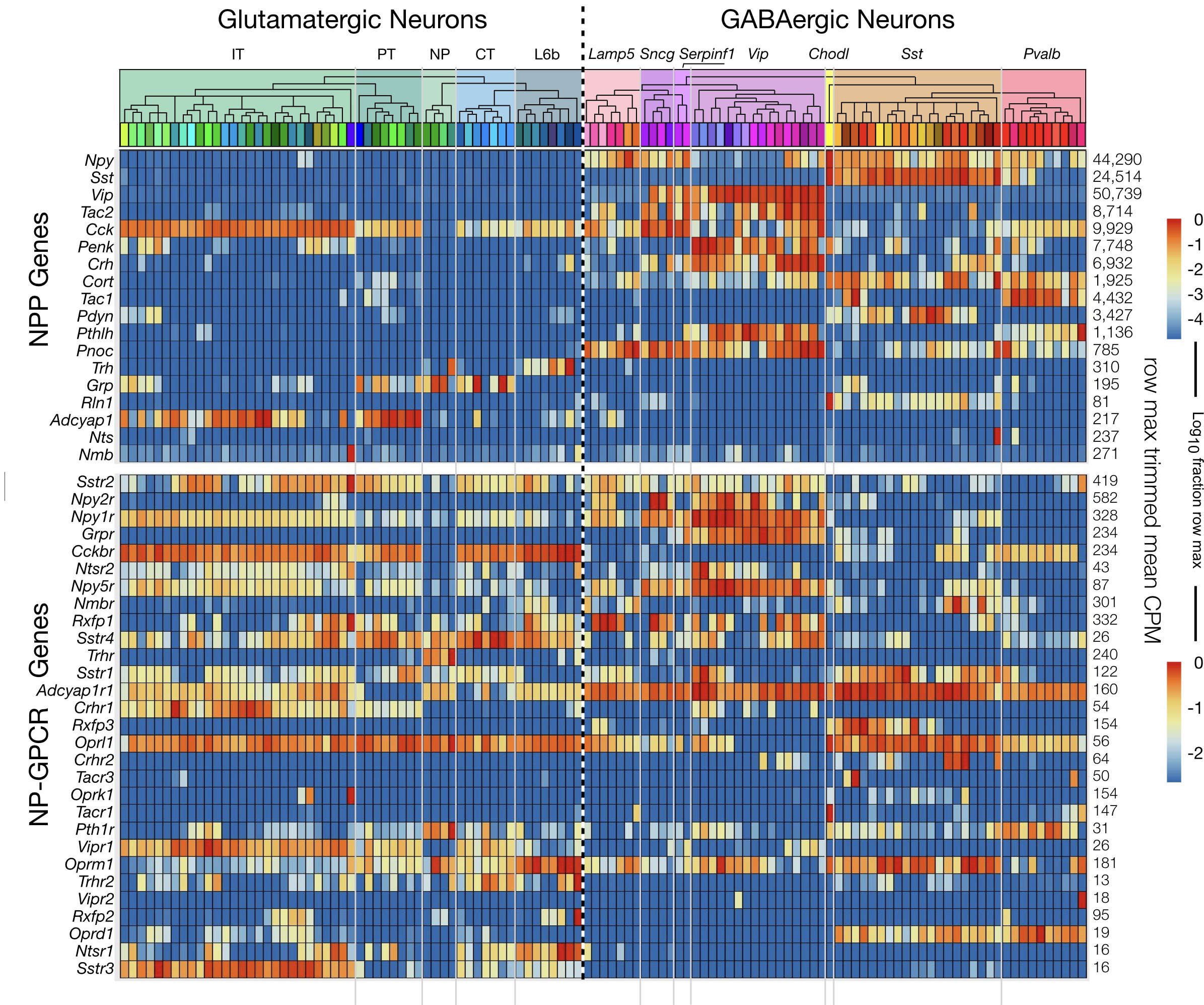
- 37 cognate NPP/NP-GPCR pairs (at least 37 layers)
Platynereis dumerilii
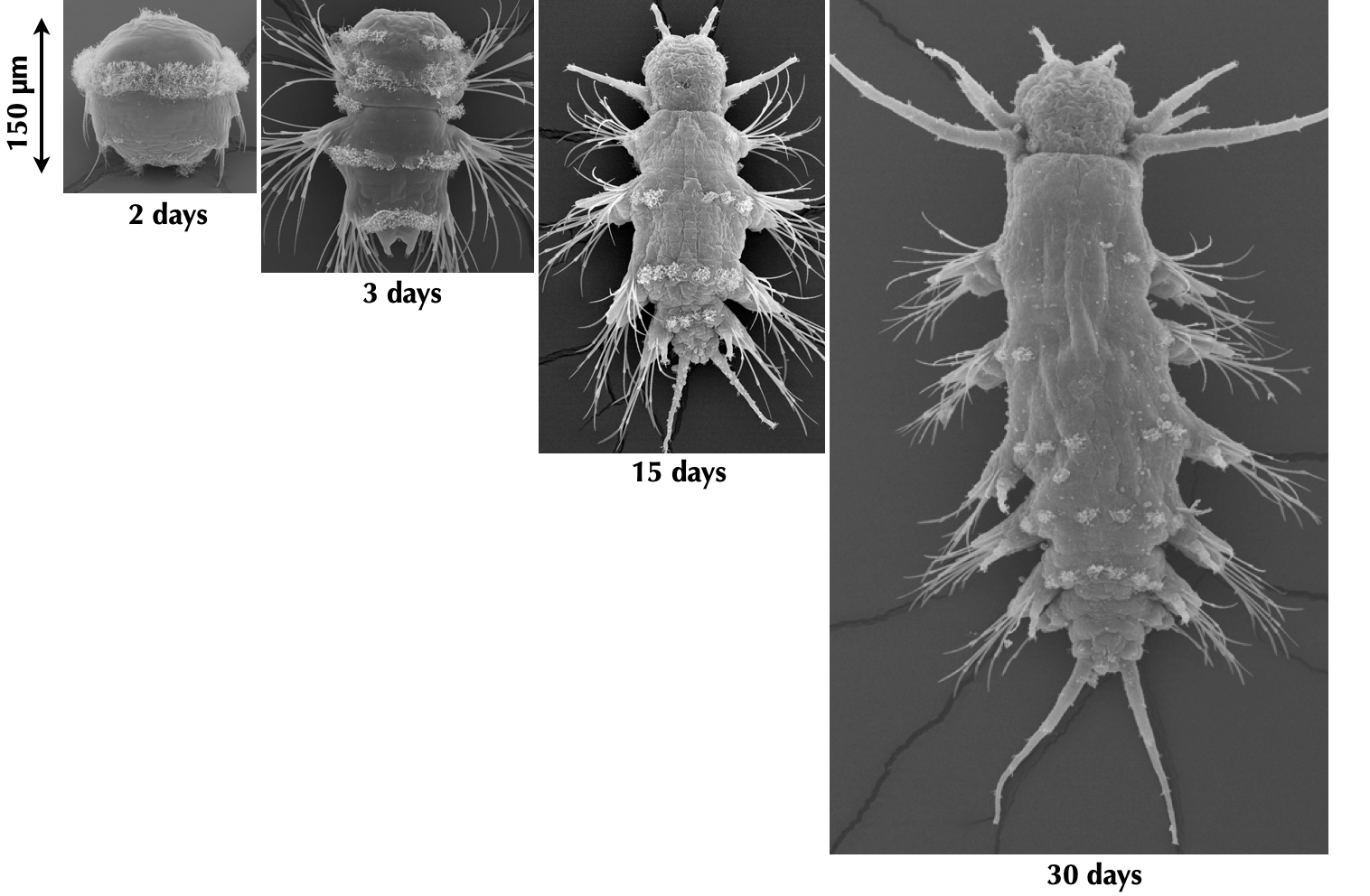
- breeding culture
- embryos daily
- genome sequence
- microinjection, transgenesis
- neuron-specific promoters and antibodies
- knock-out lines
- neuronal connectome
- neuronal activity imaging
Platynereis dumerilii
Spawning
movie by Albrecht Fischer
Synchronously developing larvae
Whole-body volume EM of an entire three-day-old larva
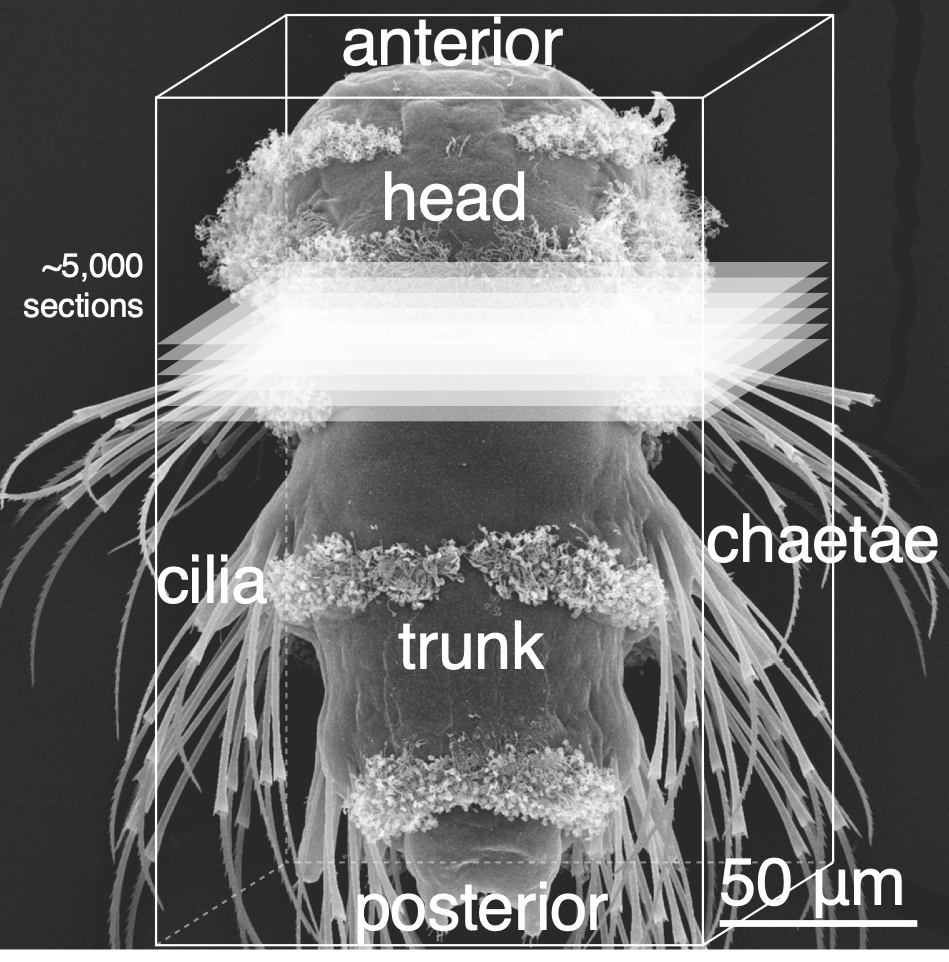
Whole-body connectome of a segmented annelid larva
The nervous system of the larva
~2,000 neurons
Synaptic connectome
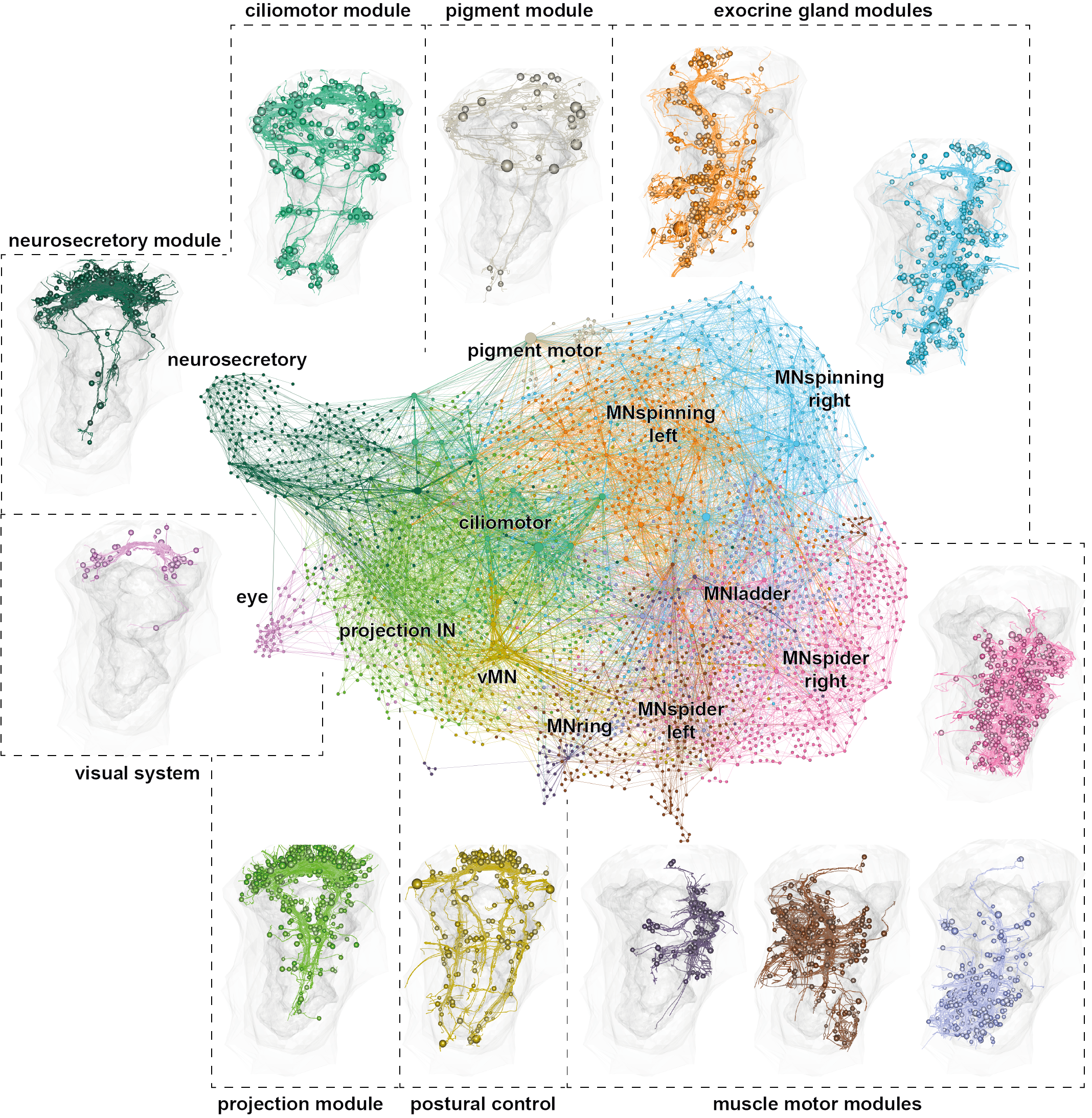
Many peptides and modulators in the circuit
Multiplex immunogold for neuropeptides in the EM volume
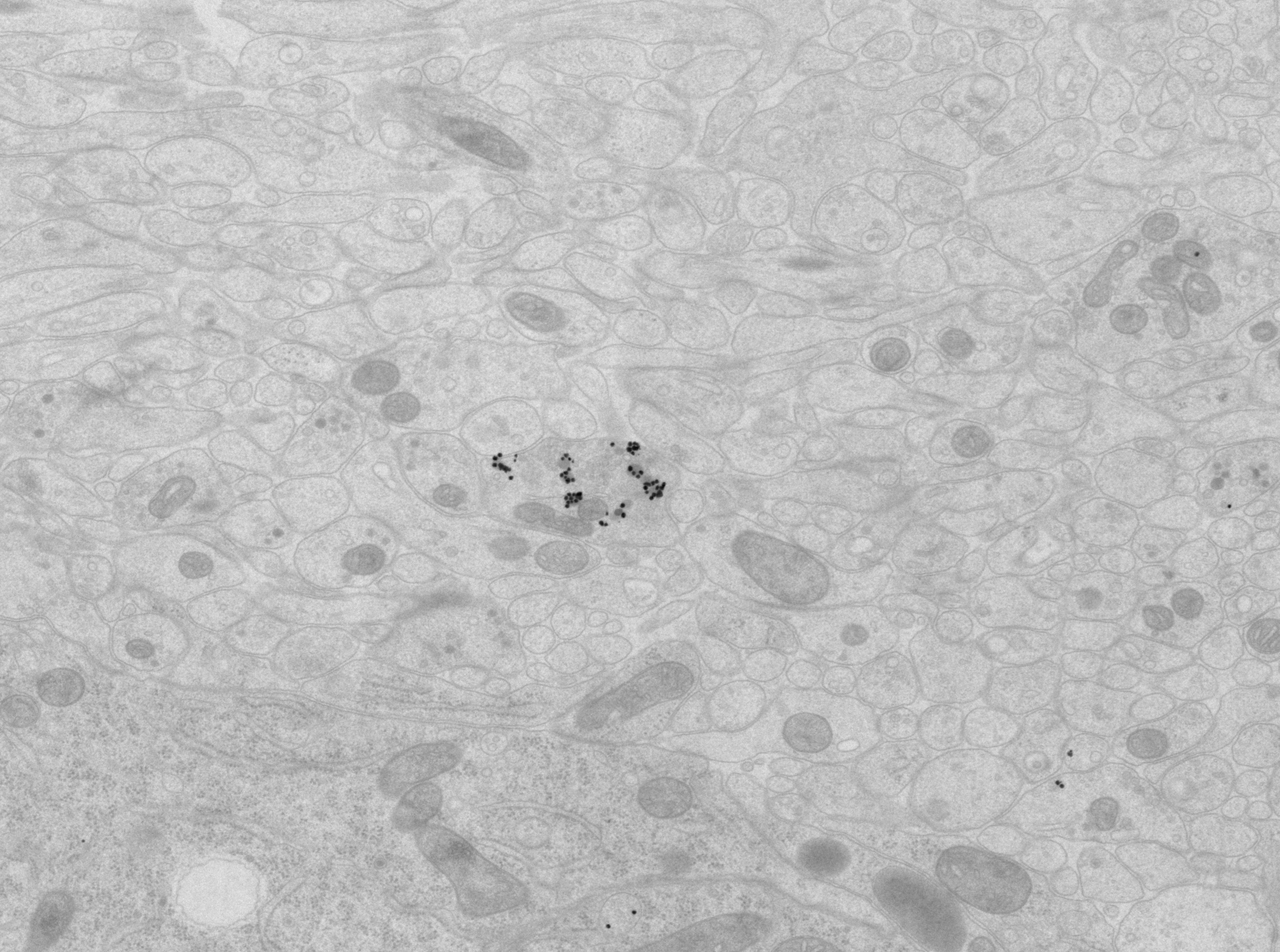
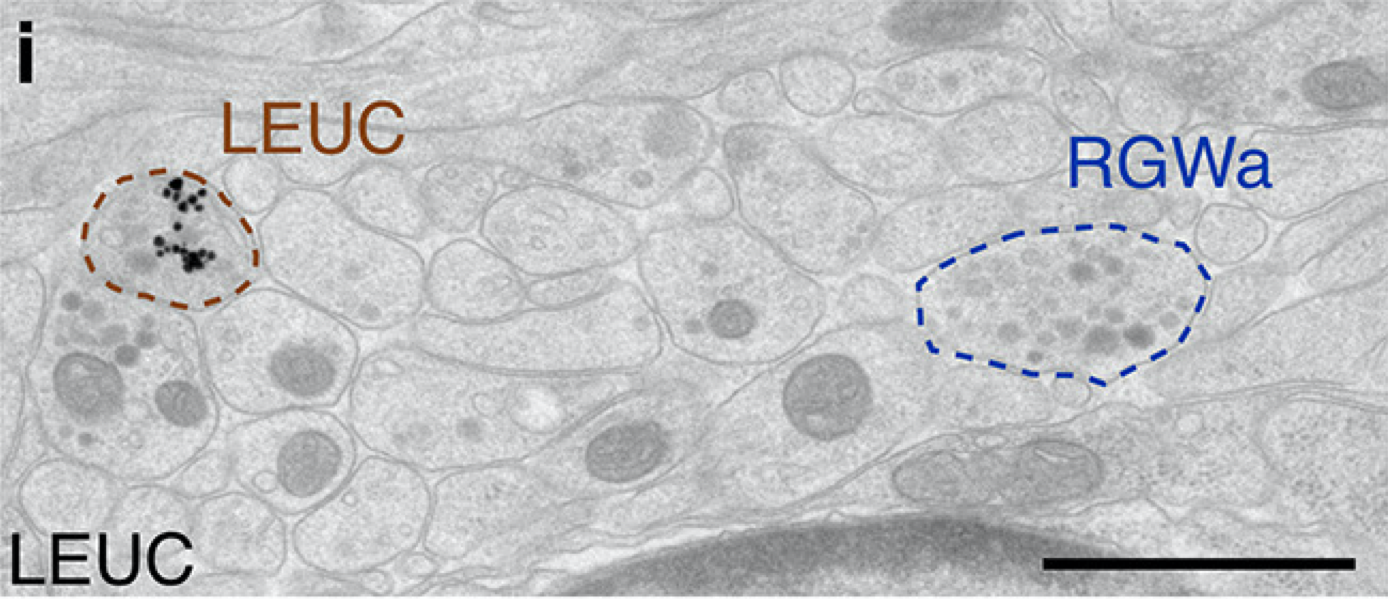

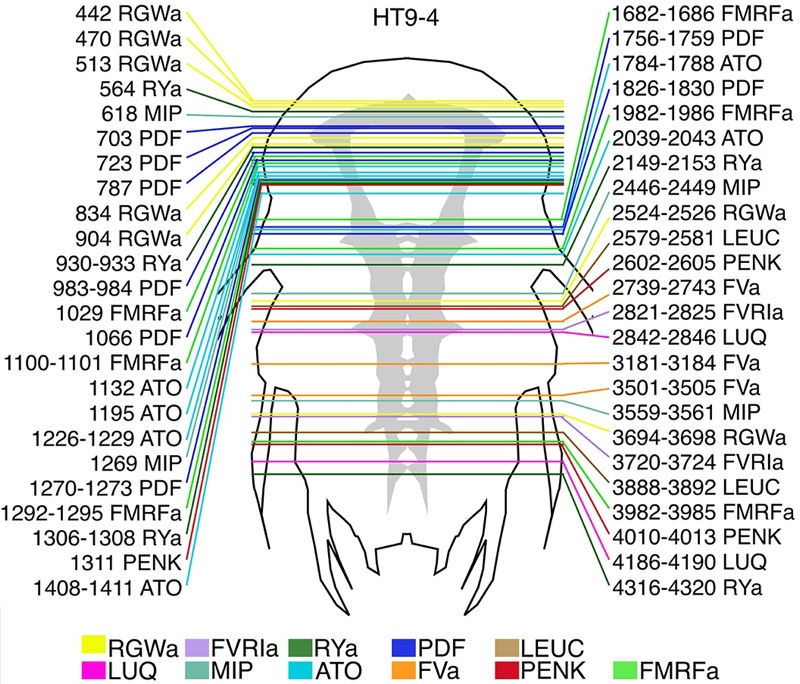
Large-scale mapping of neuromodulatory networks
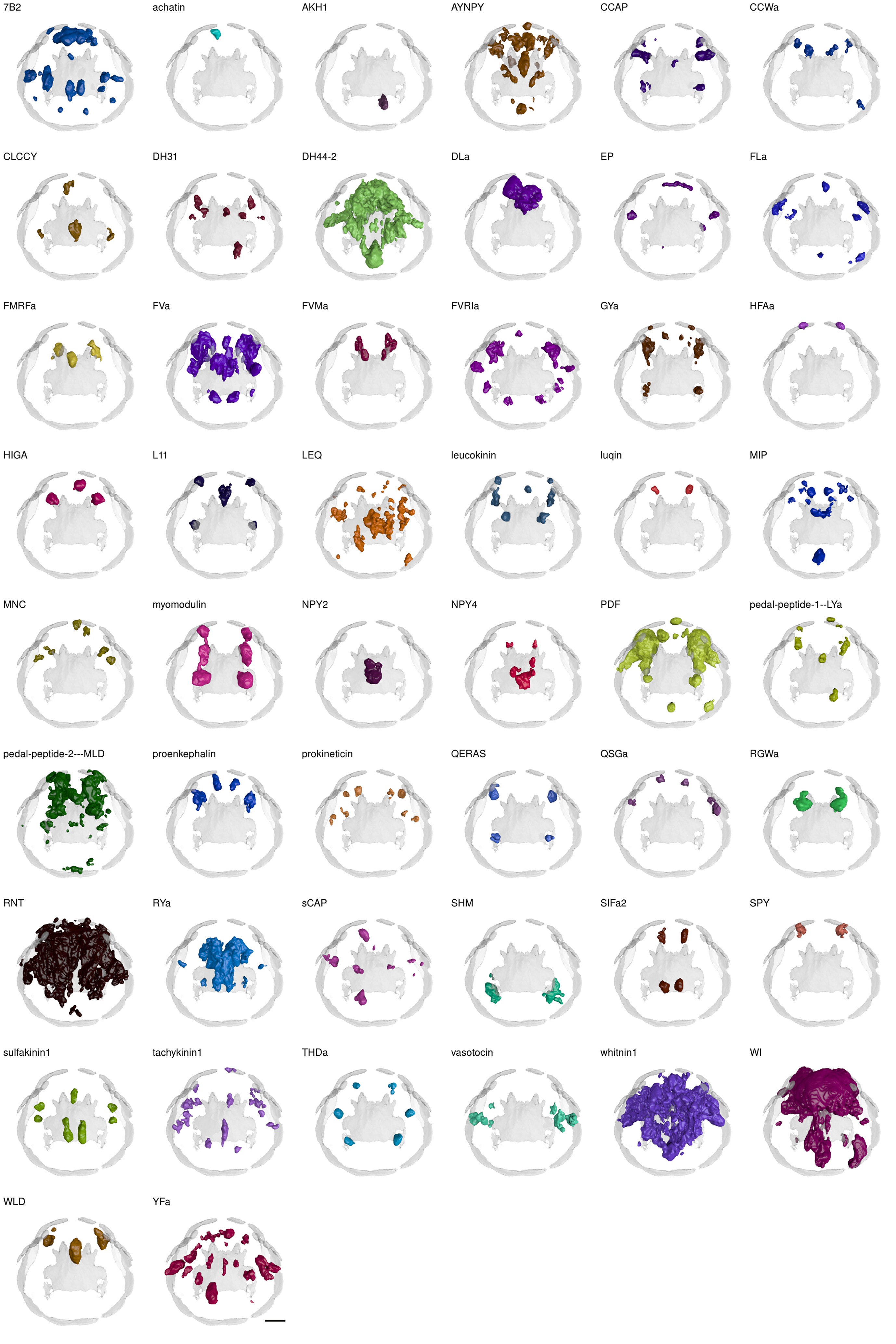
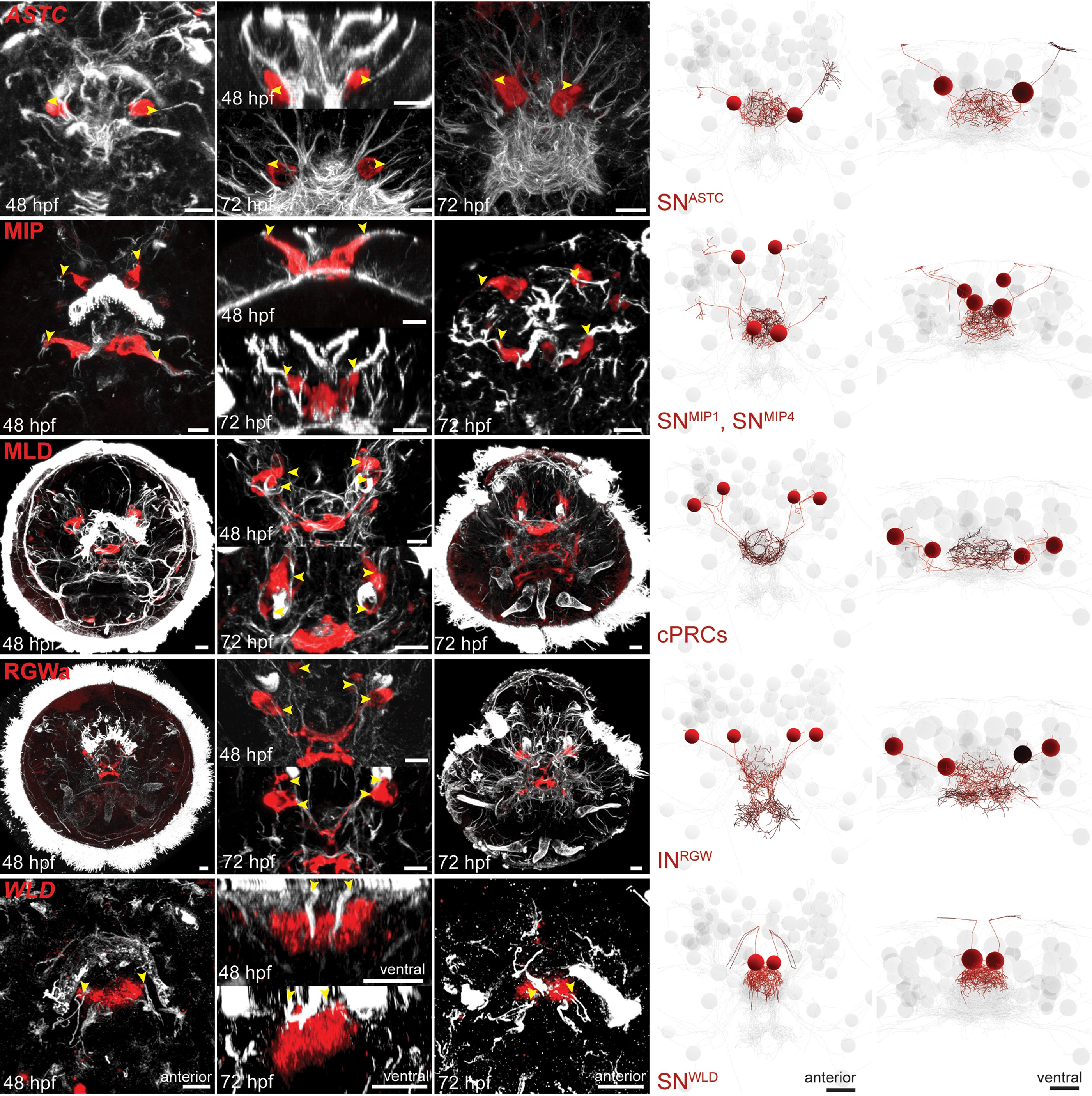
The connectome is multilayered

UV response in Platynereis larvae
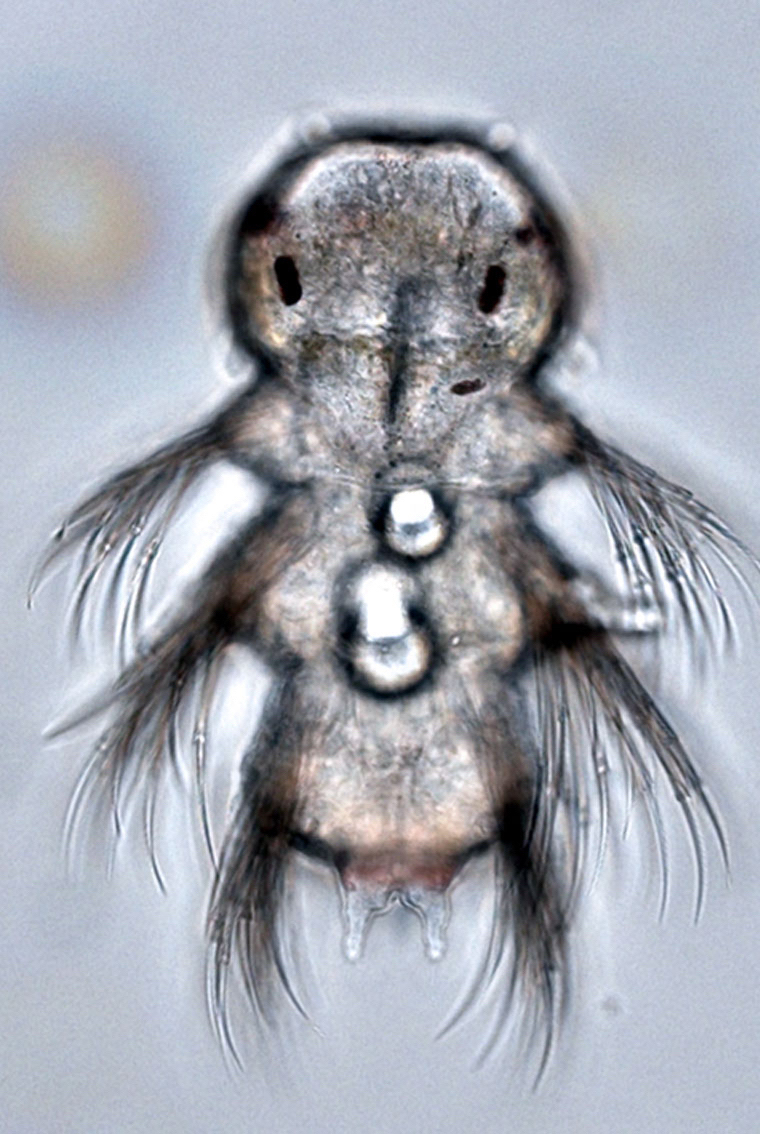
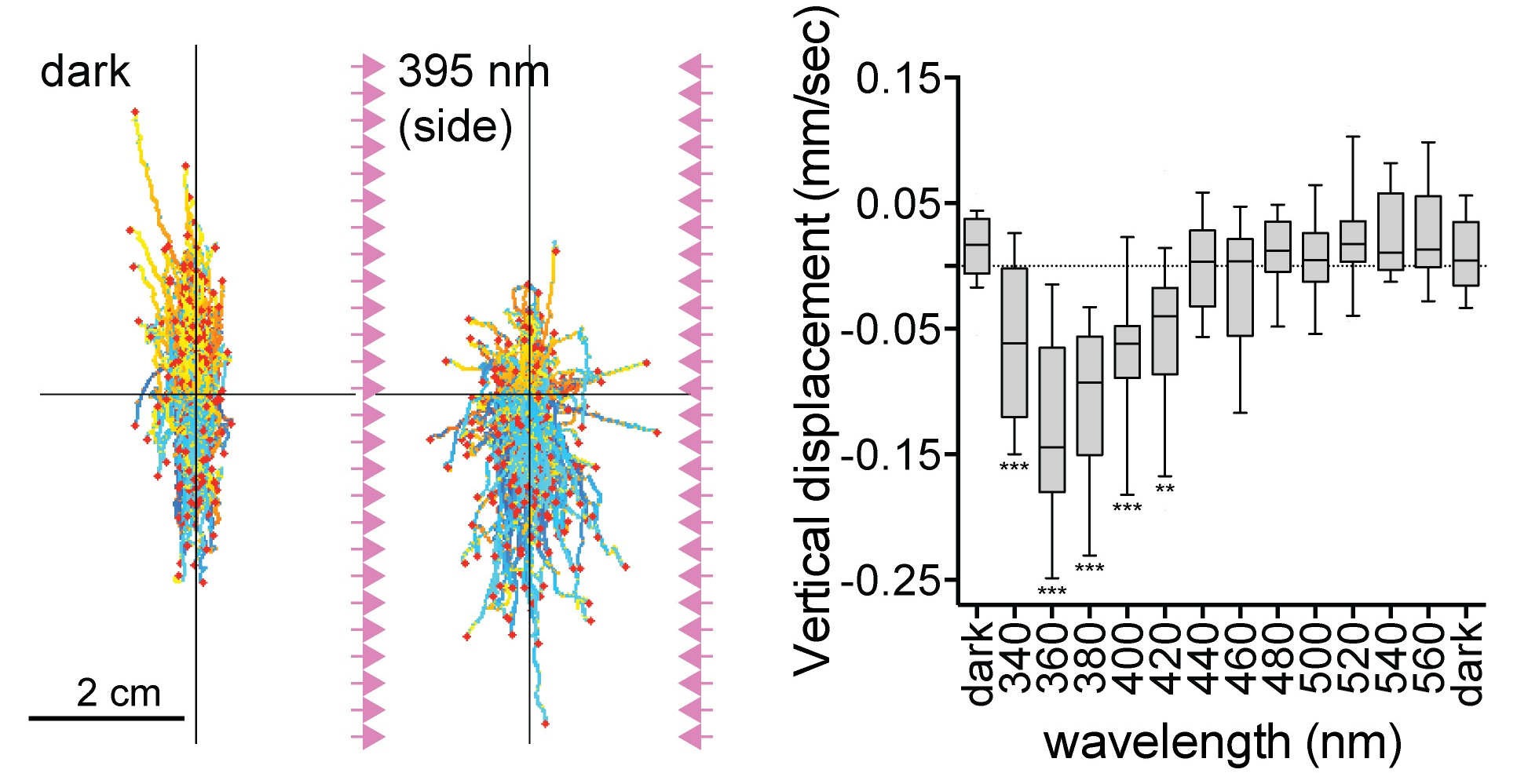
UV-responding brain ciliary photoreceptors (cPRCs)

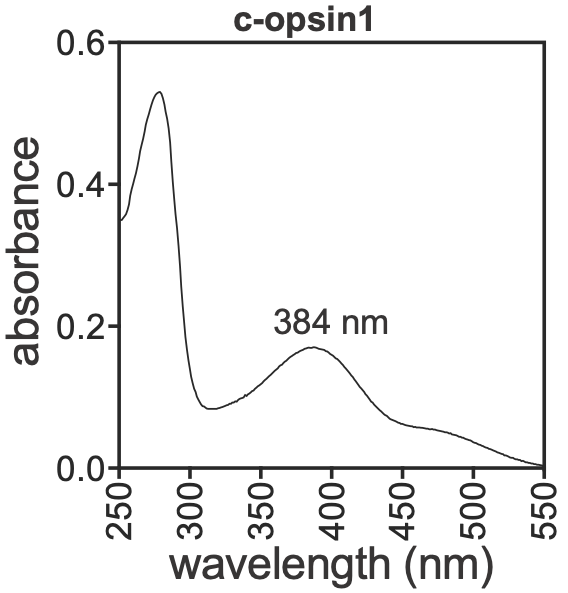
No UV avoidance in c-opsin1 knockouts
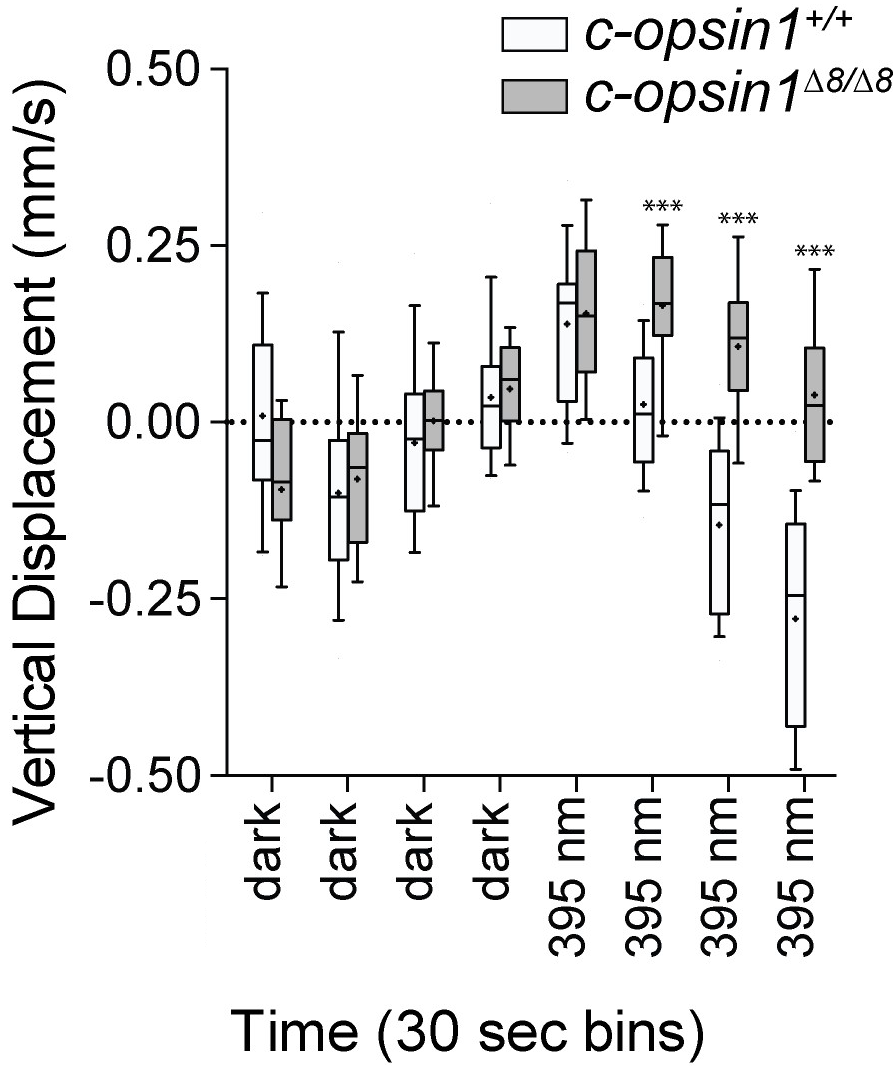
No cPRC response in c-opsin1 knockouts
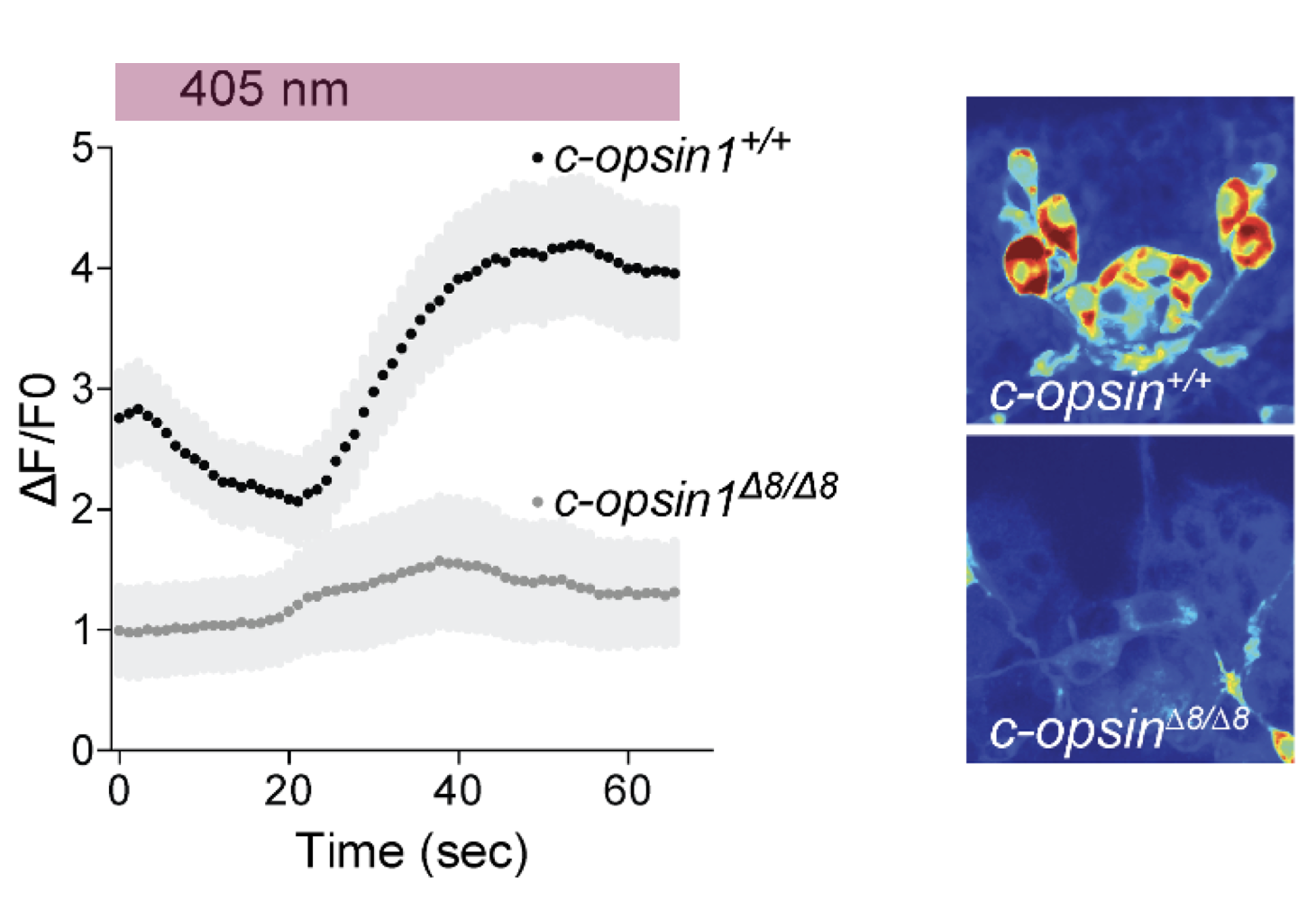
Circuitry of ciliary photoreceptors
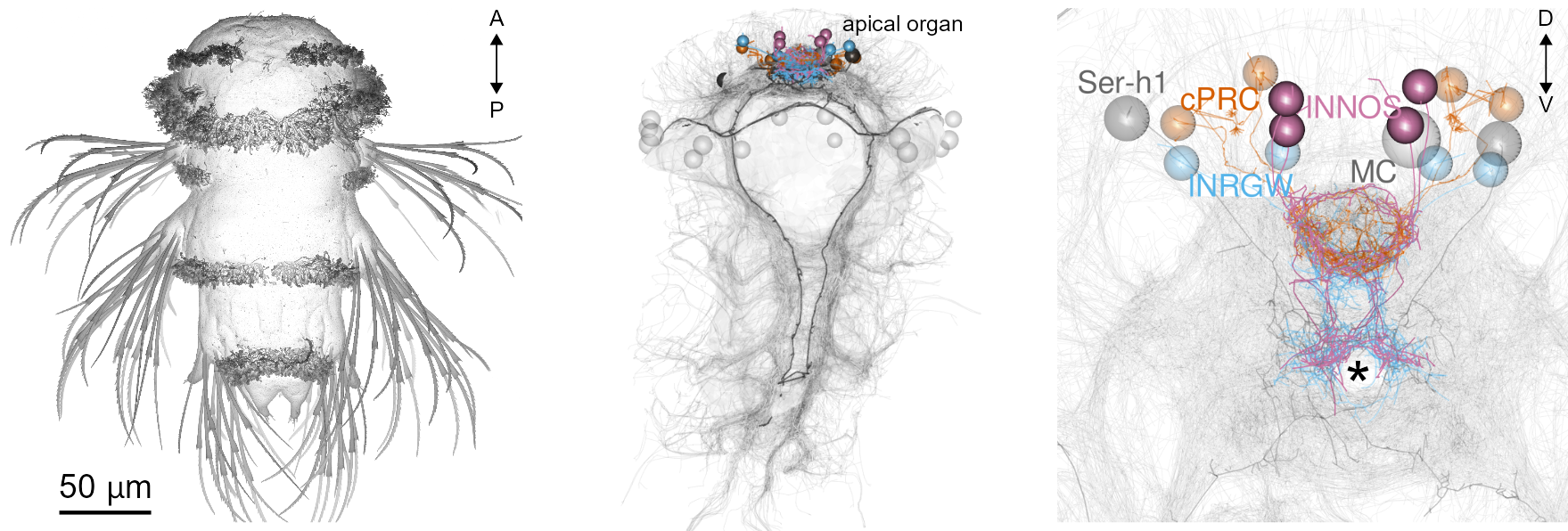
Circuitry of ciliary photoreceptors
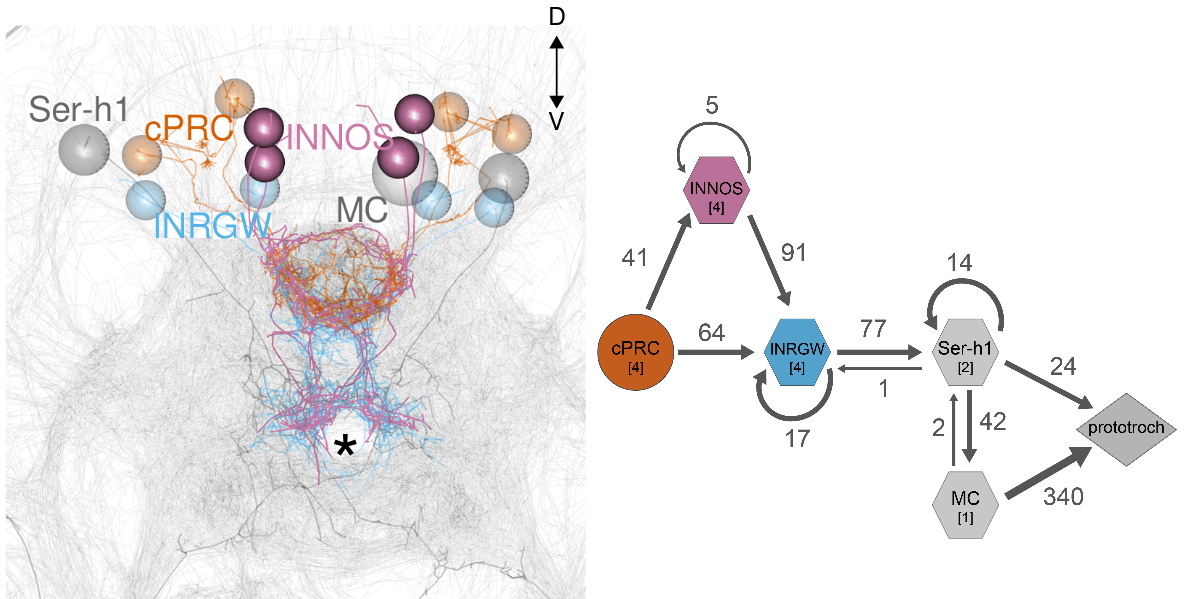
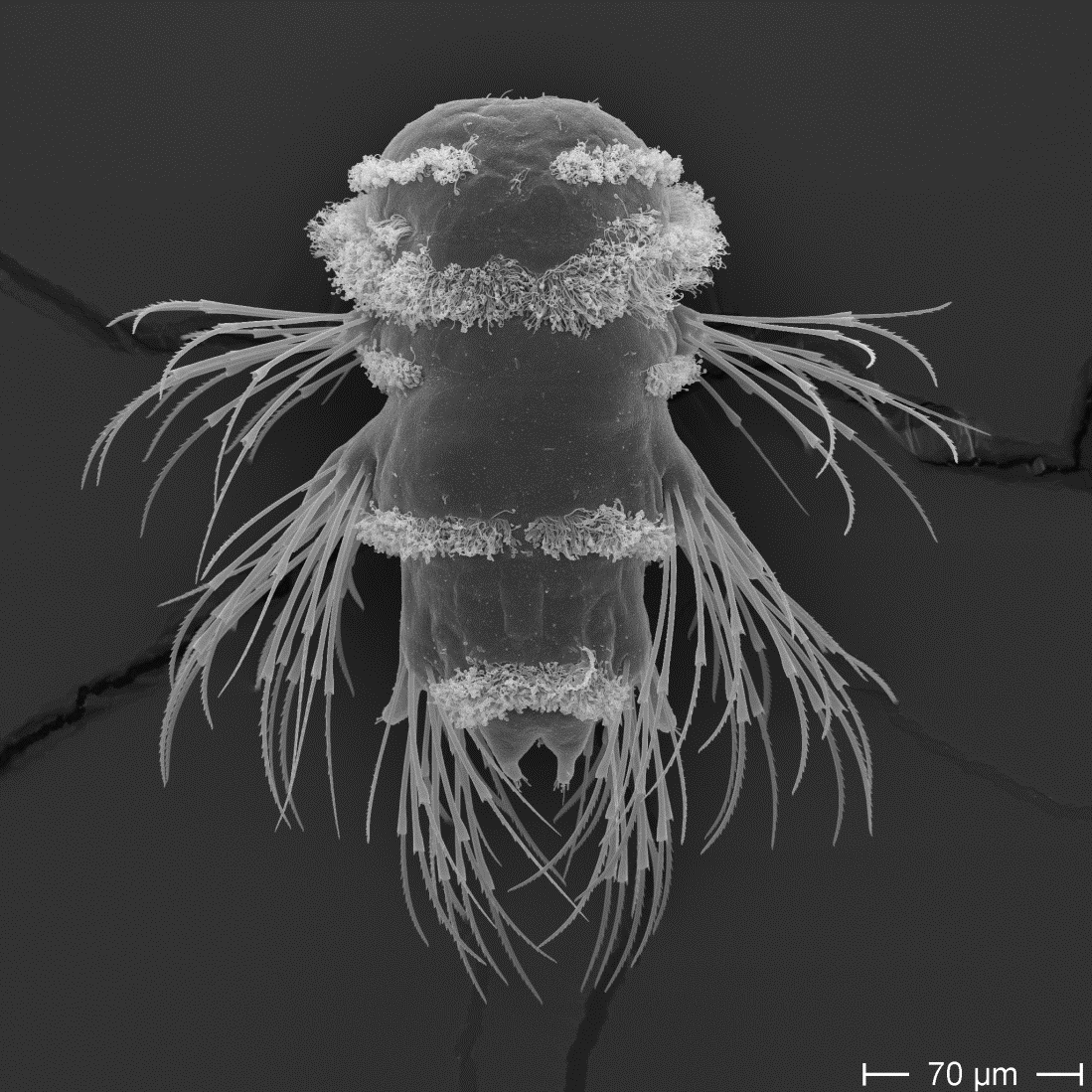
Strong cPRC activation after UV exposure
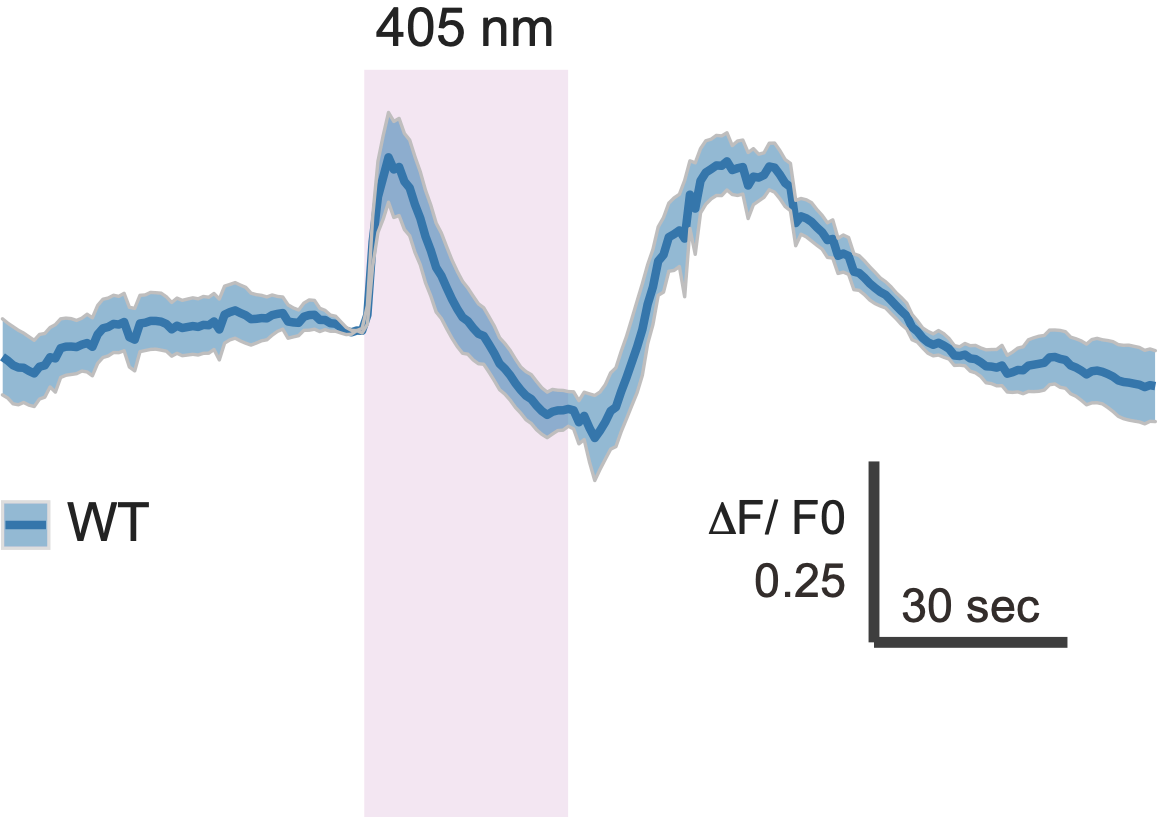

Nitric-oxyde synthase in postsynaptic interneurons

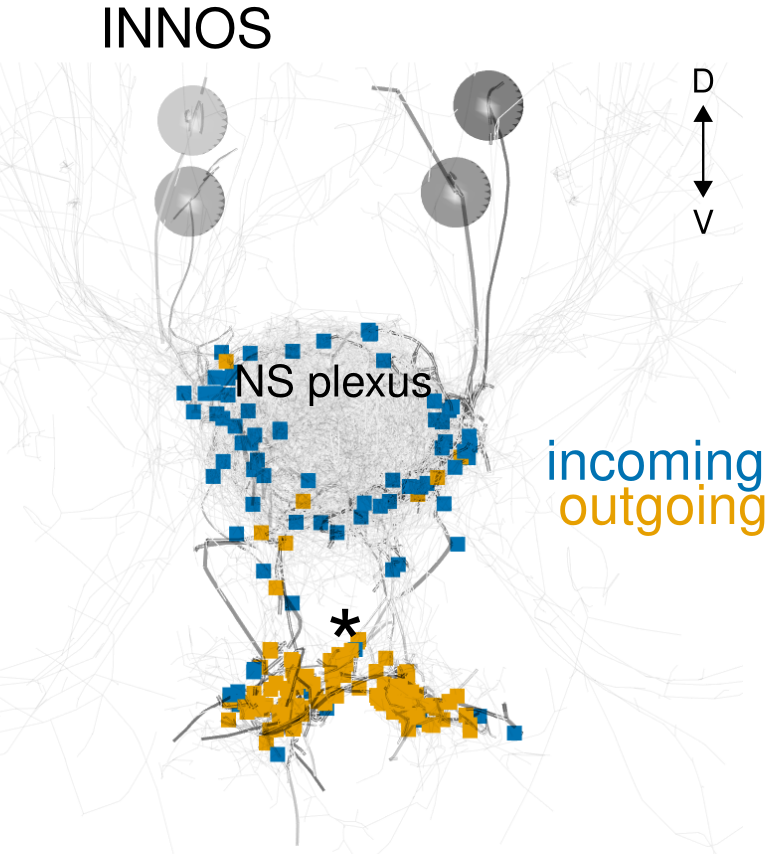
HCR in situ
Transgenic labelling
Immunostaining
NO is produced in the neuropil after UV stimulation
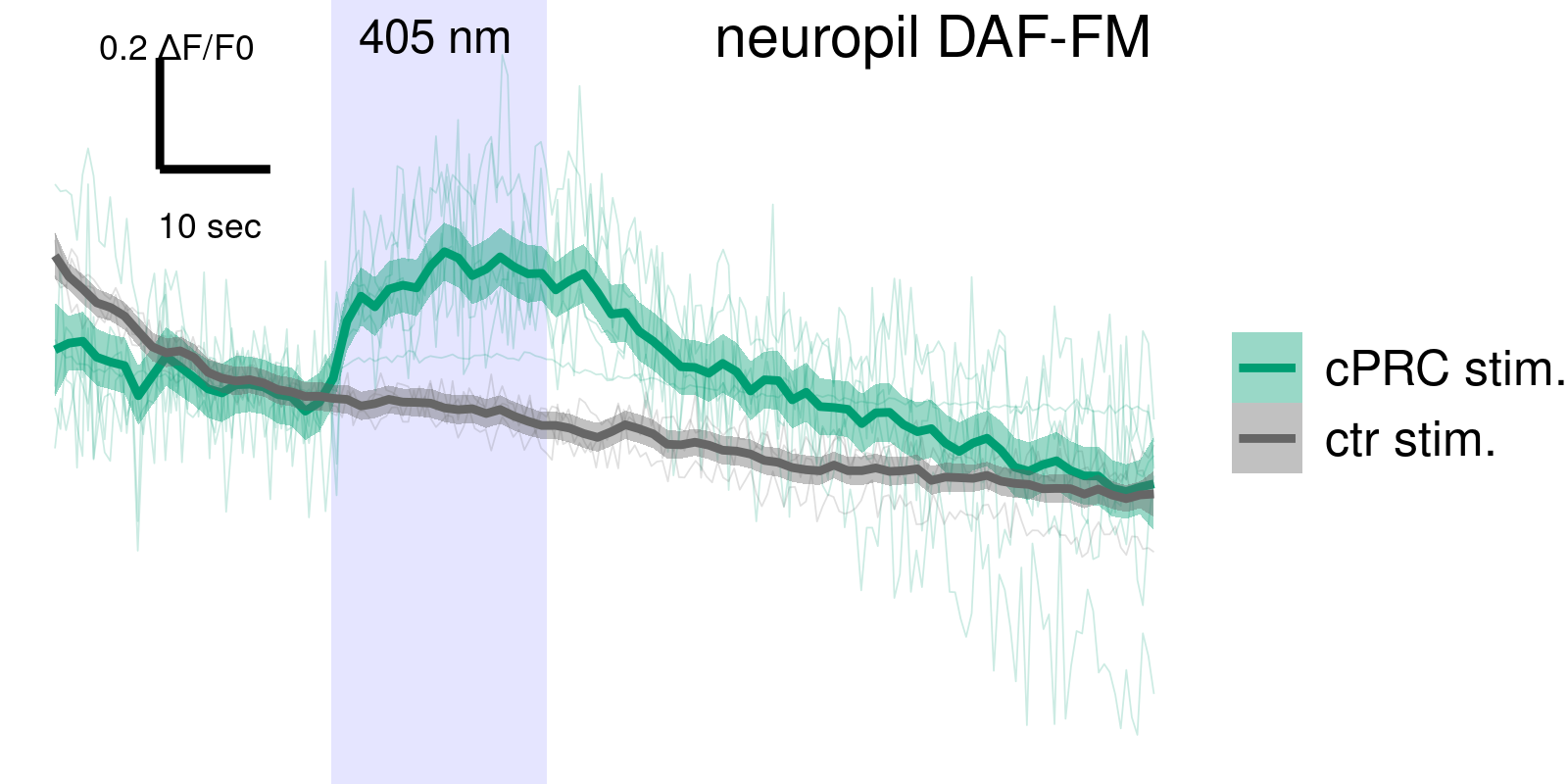
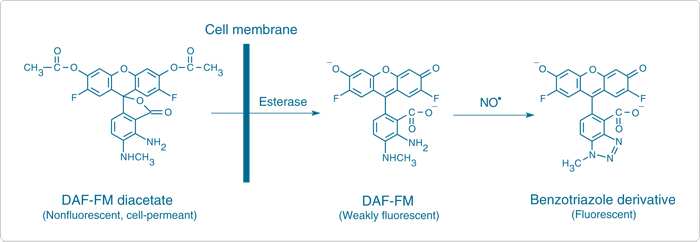
NOS mutants have altered cPRC response
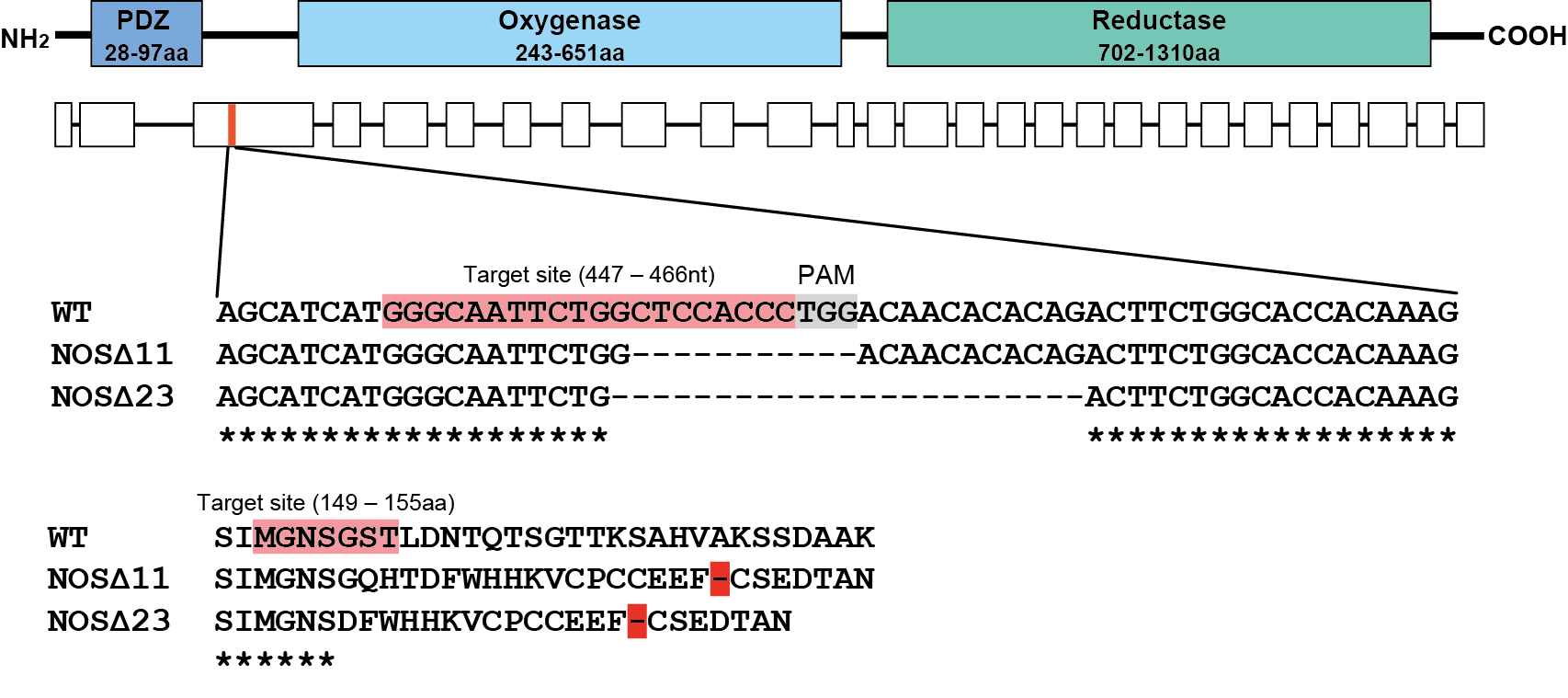
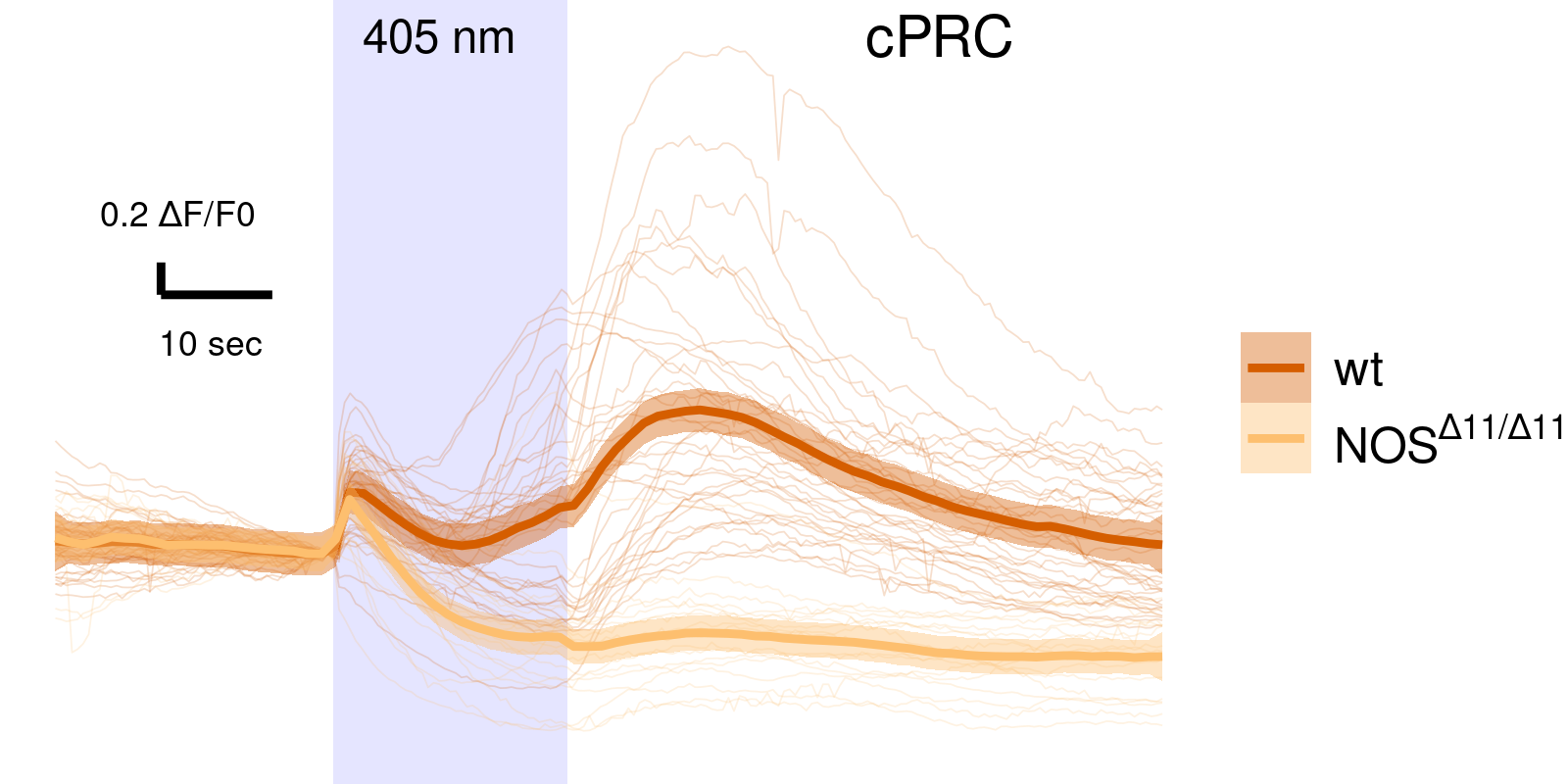
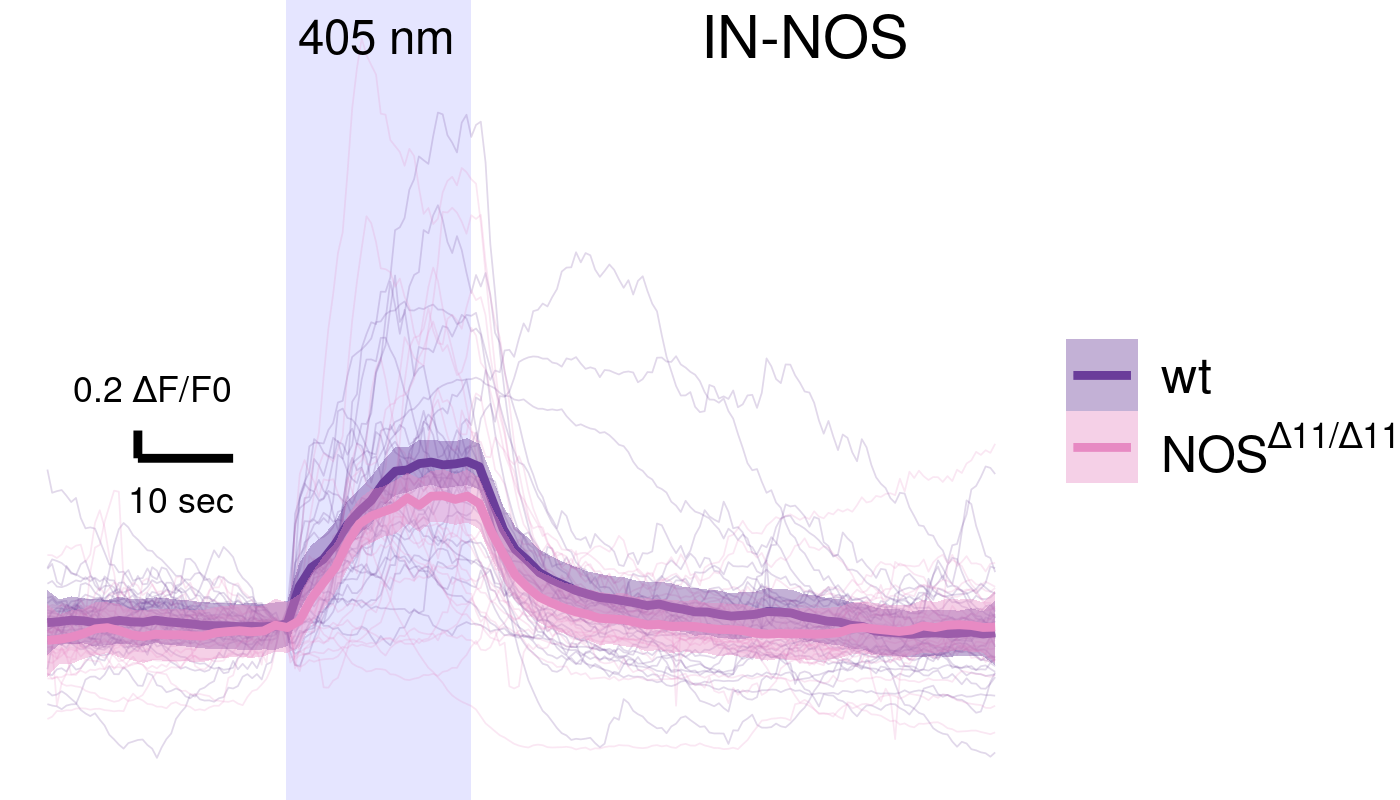
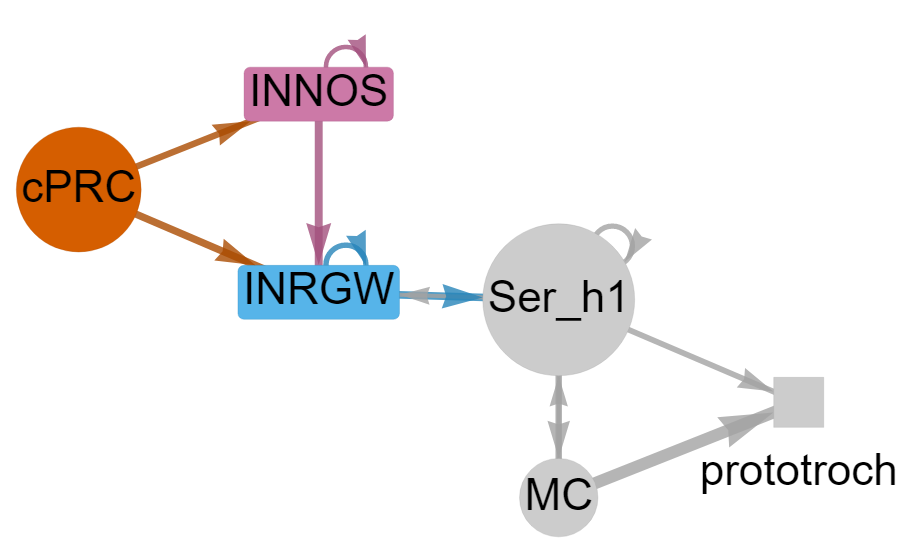
NOS mutants have altered INRGW response

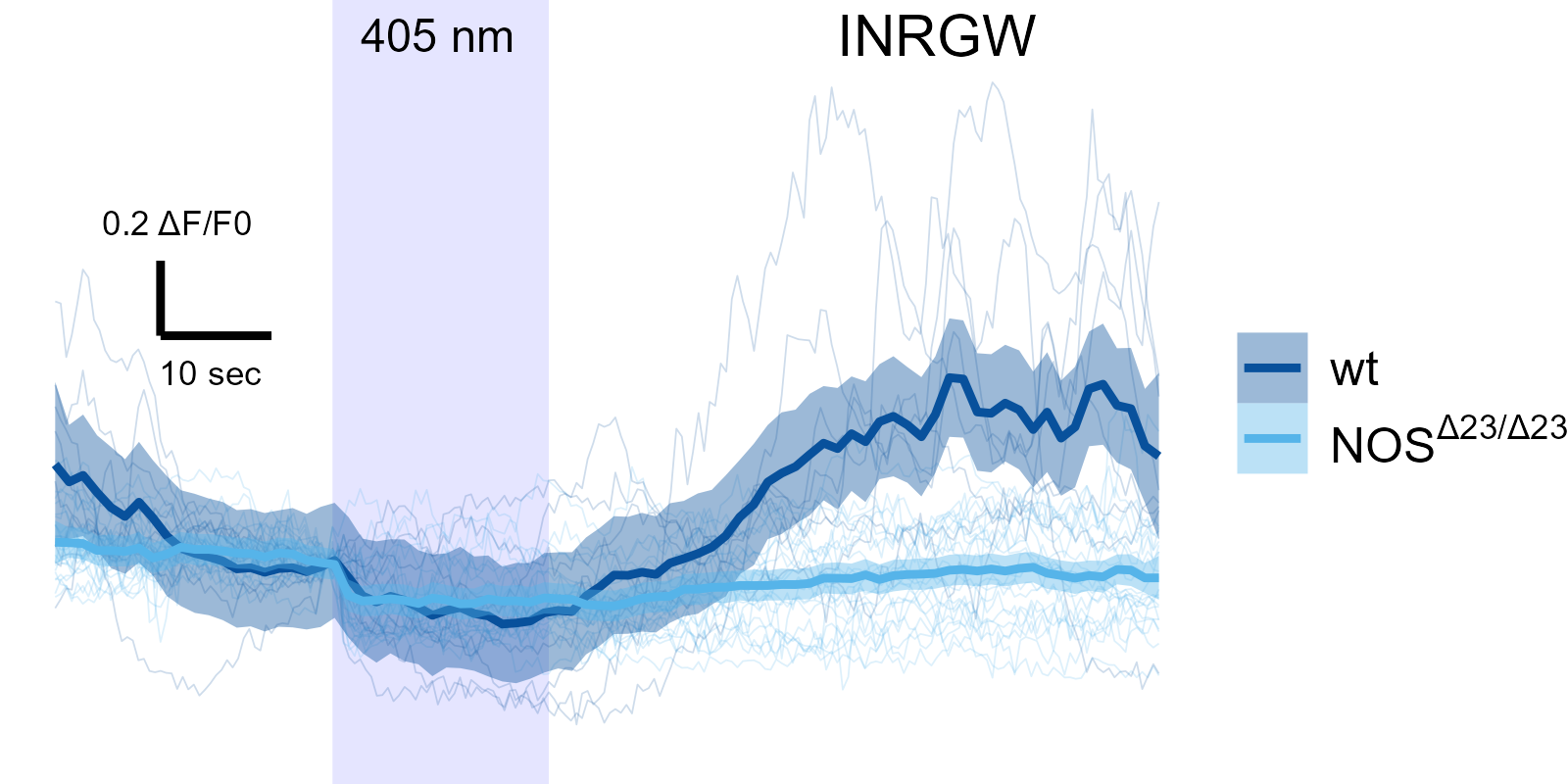

NOS mutants show defective UV avoidance
![]()
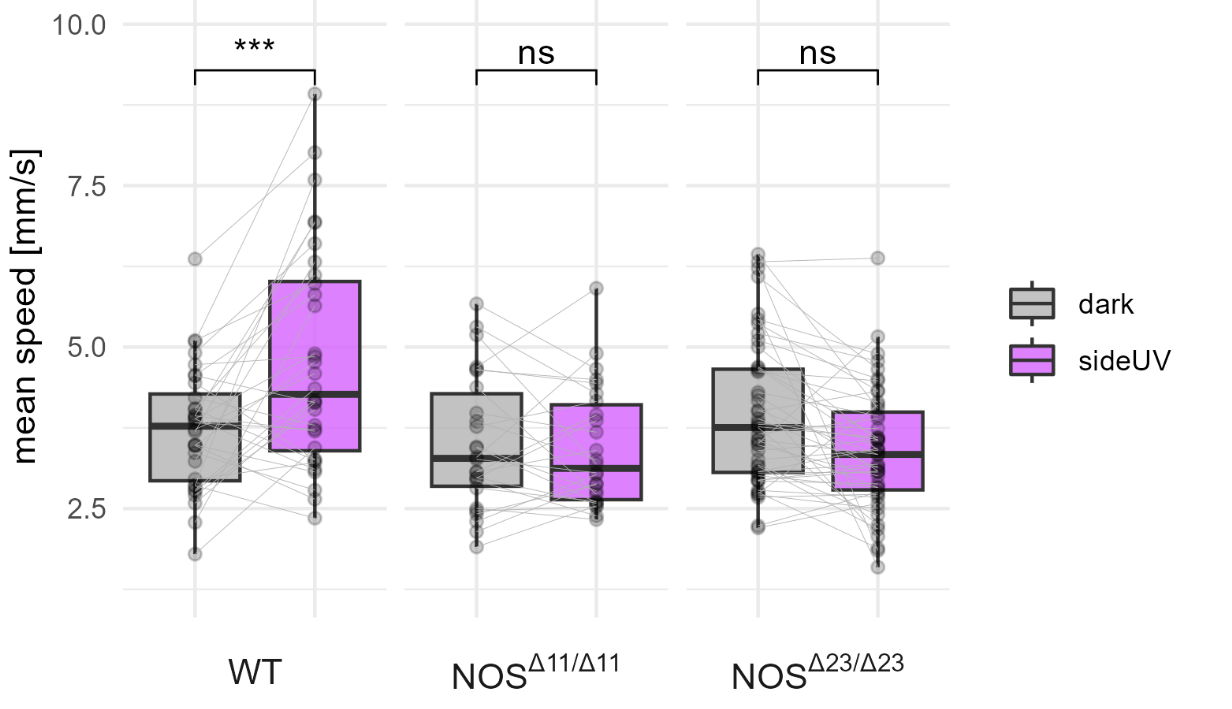
An unusual guanylyl cyclase in the cPRCs
NIT-GC1 RNA
NIT-GC1 protein
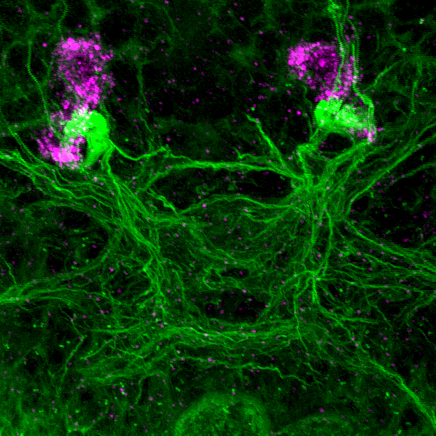
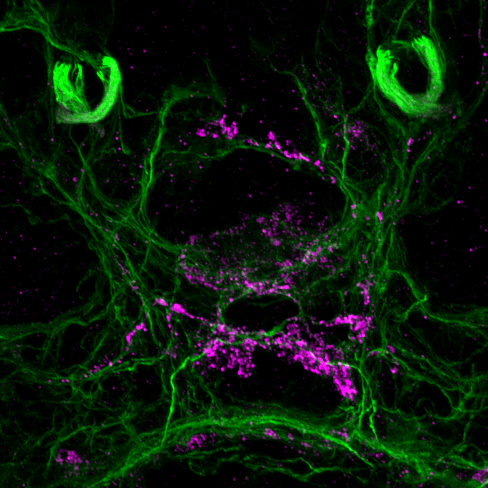
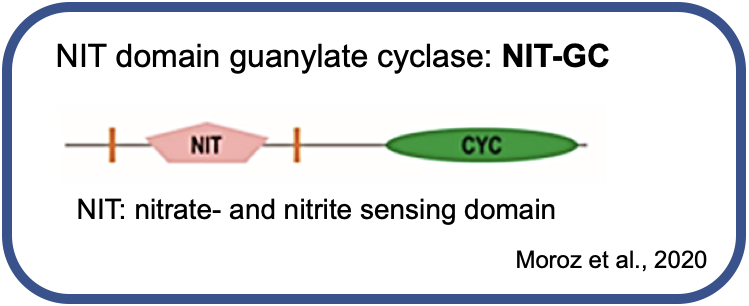
An unusual guanylyl cyclase in the cPRCs
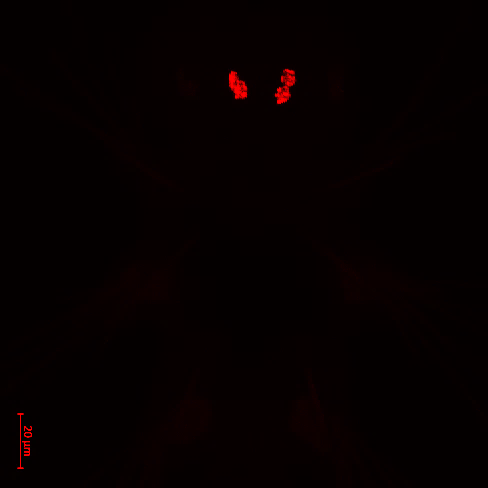
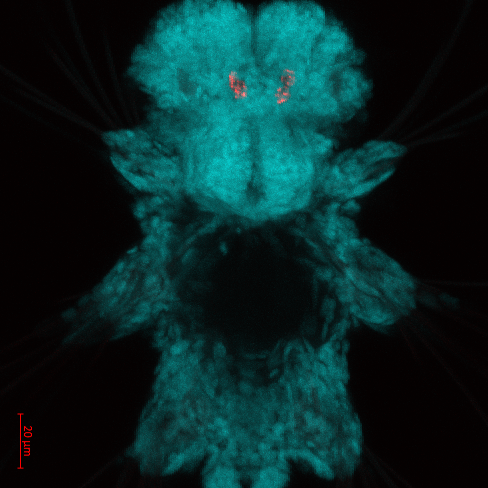
NIT-GC morphants have altered circuit activity
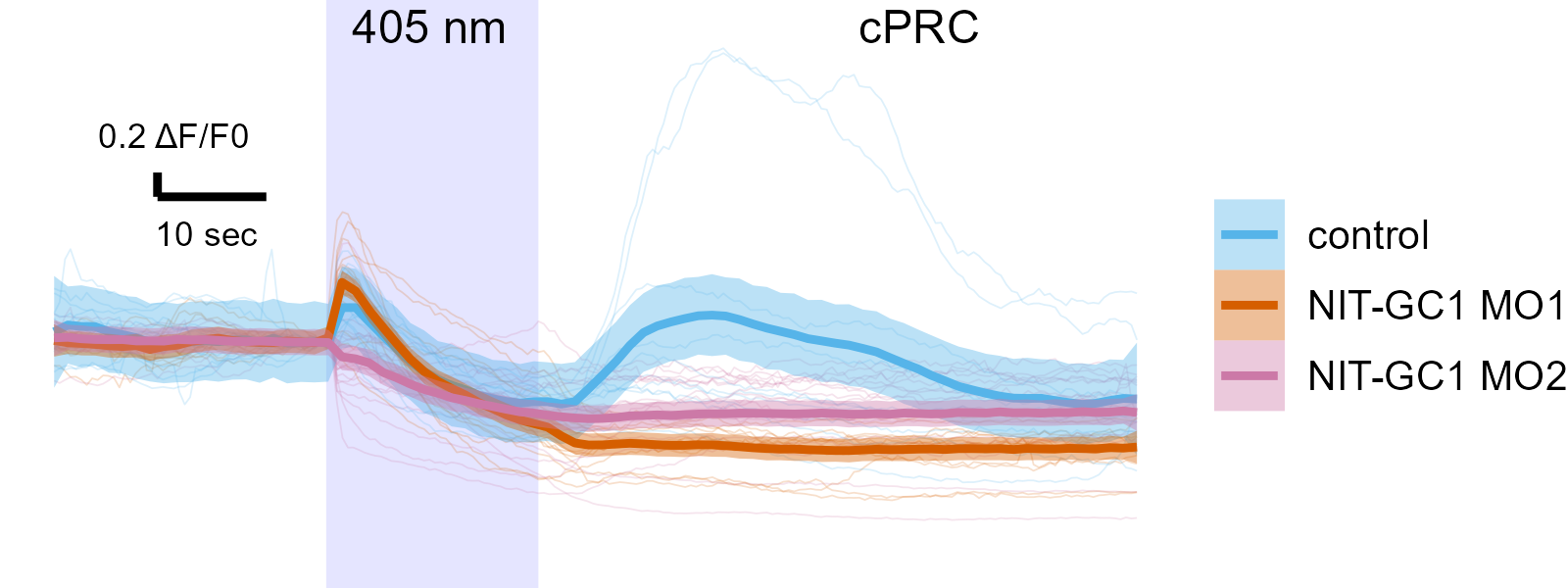

Mathematical modelling of the circuit
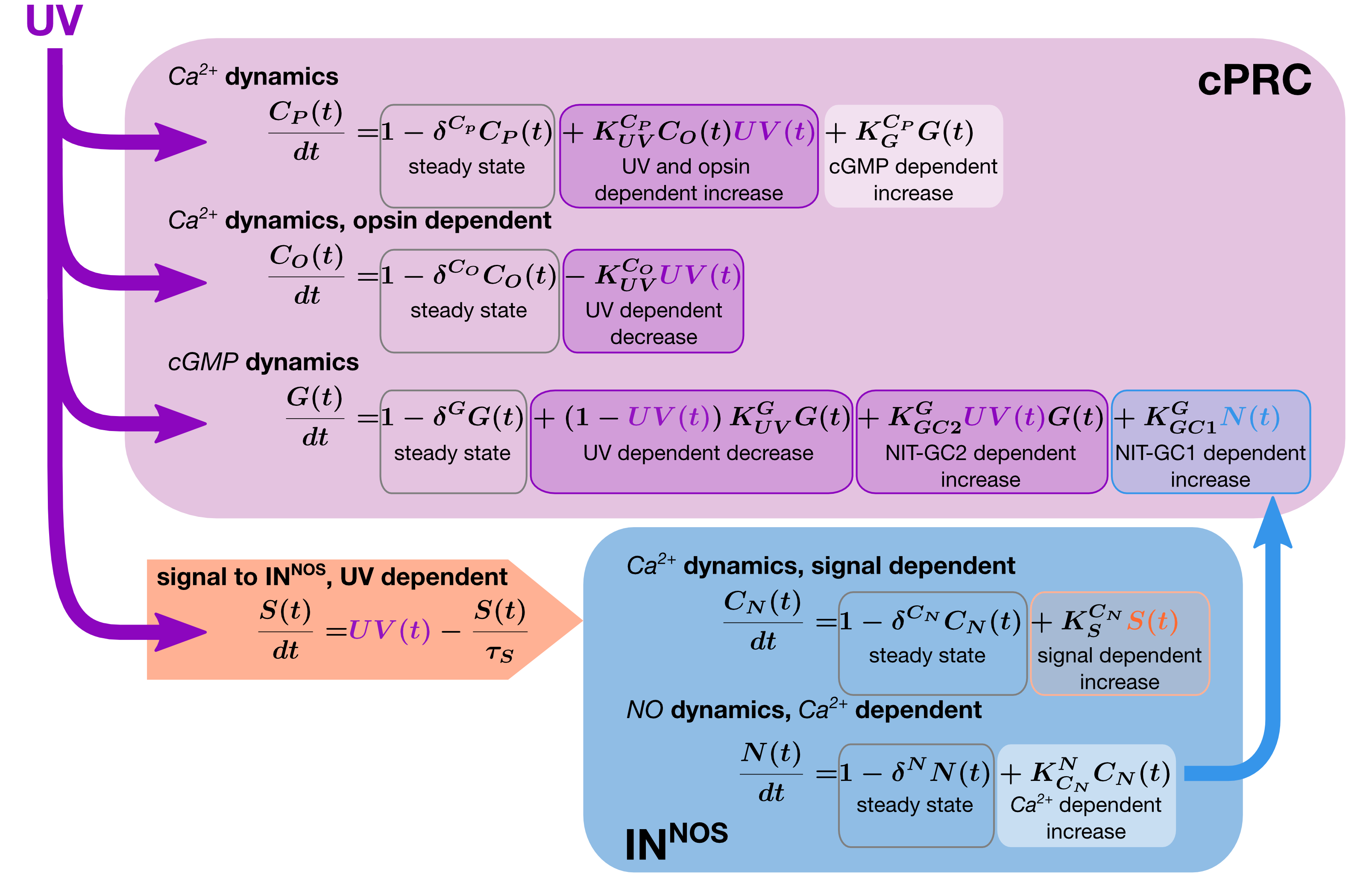
Model fitting
wild type
NOS-11
NOS-23
NIT-GC2 mo.
Integration and memory of UV exposure
Synaptic and chemical signalling work together

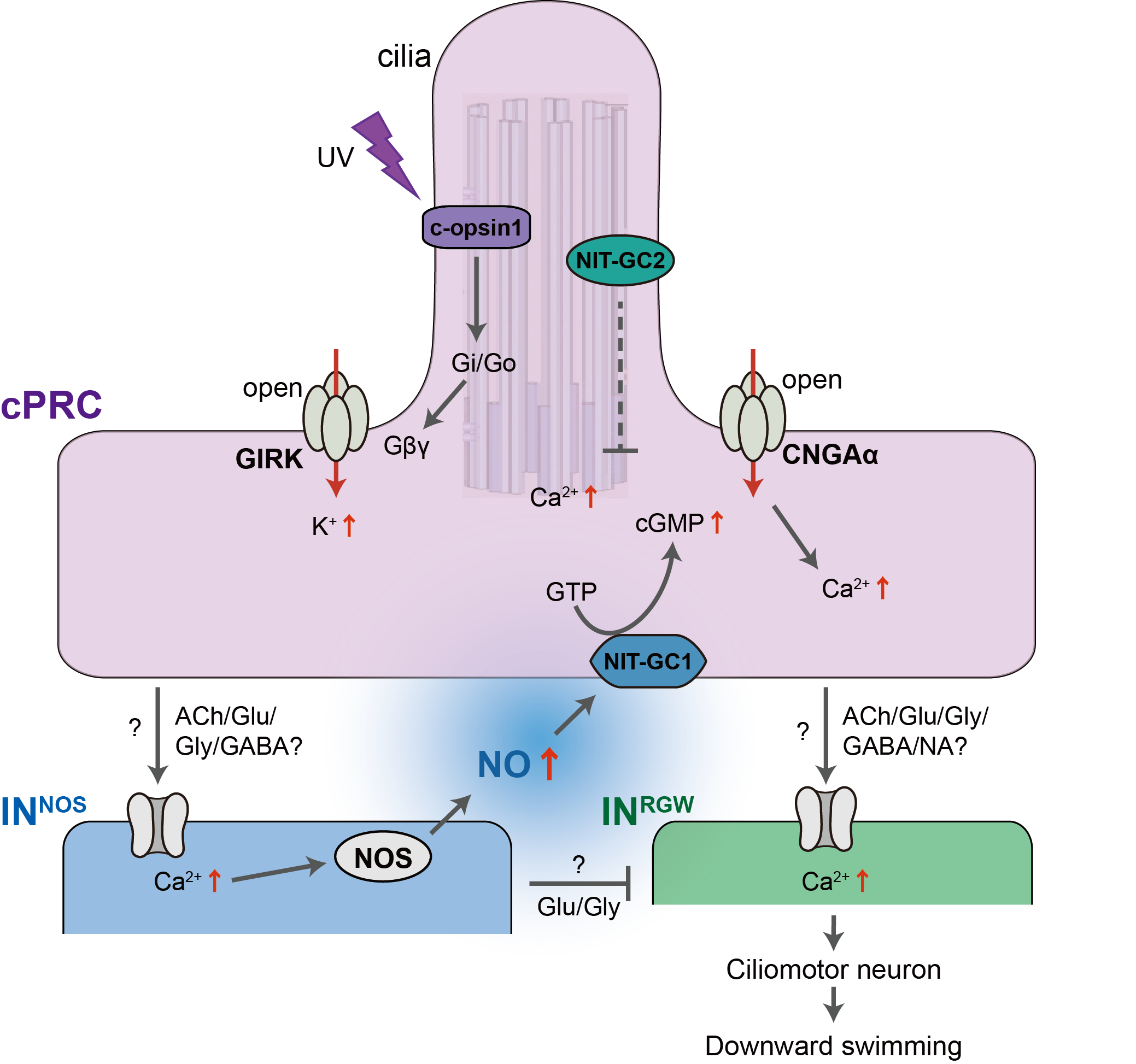
Acknowledgements
- Sanja Jasek
- Alexandra Kerbl
- Emily Savage
- Simone Wolters
- Lara Keweloh
- Kevin Urbansky
- Karel Mocaer
- David Hug
- Benedikt Dürr
- Emelie Brodrick (Exeter)
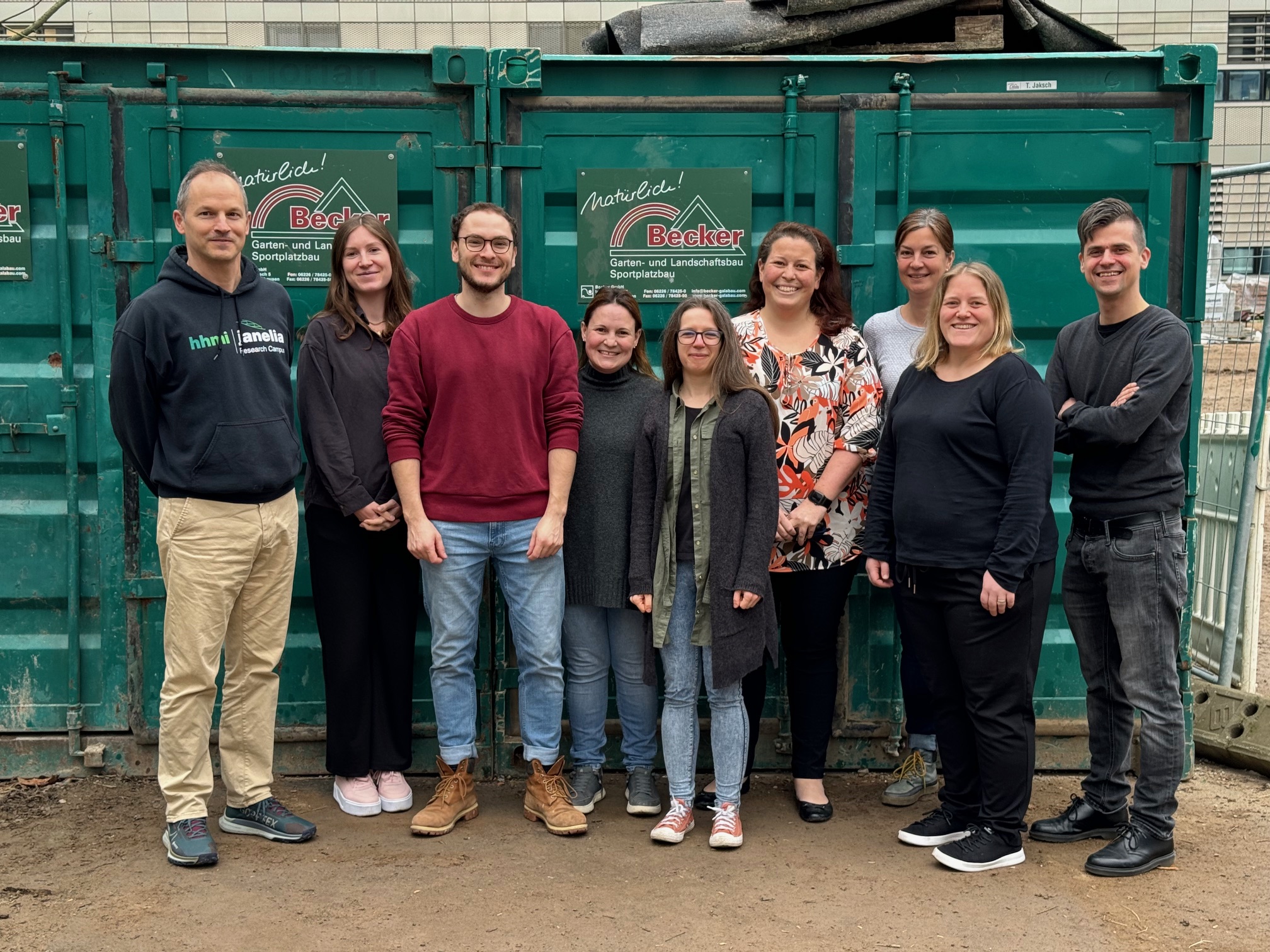

Former lab members
- Kei Jokura, Luis A. Bezares-Calderón, Luis A. Yanez-Guerra, Victoria Moris, Daniel Thiel, Albina Asadulina, Cameron Hird, Adam Johnstone, Markus Conzelmann, Nadine Randel, Philipp Bauknecht, Martin Gühmann, Cristina Pineiro-Lopez, Nobuo Ueda, Aurora Panzera, Csaba Verasztó, Elizabeth Williams
